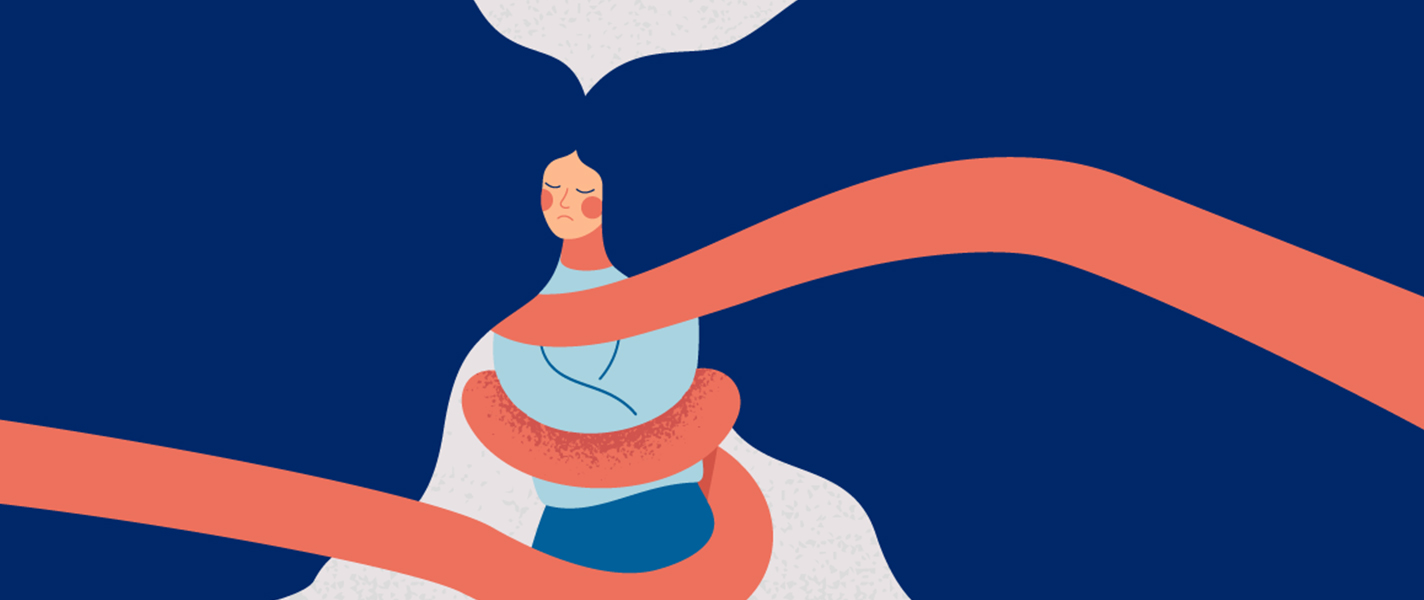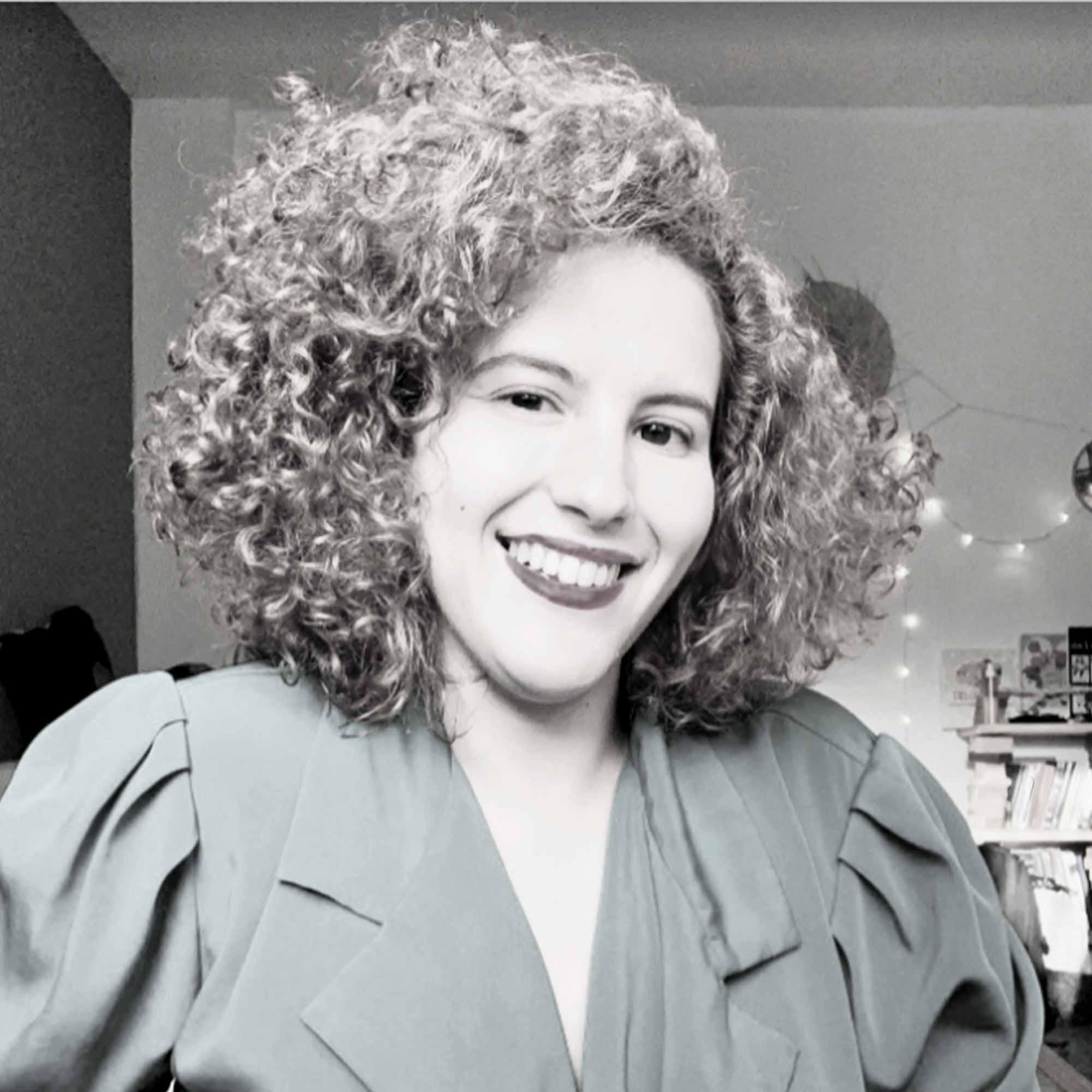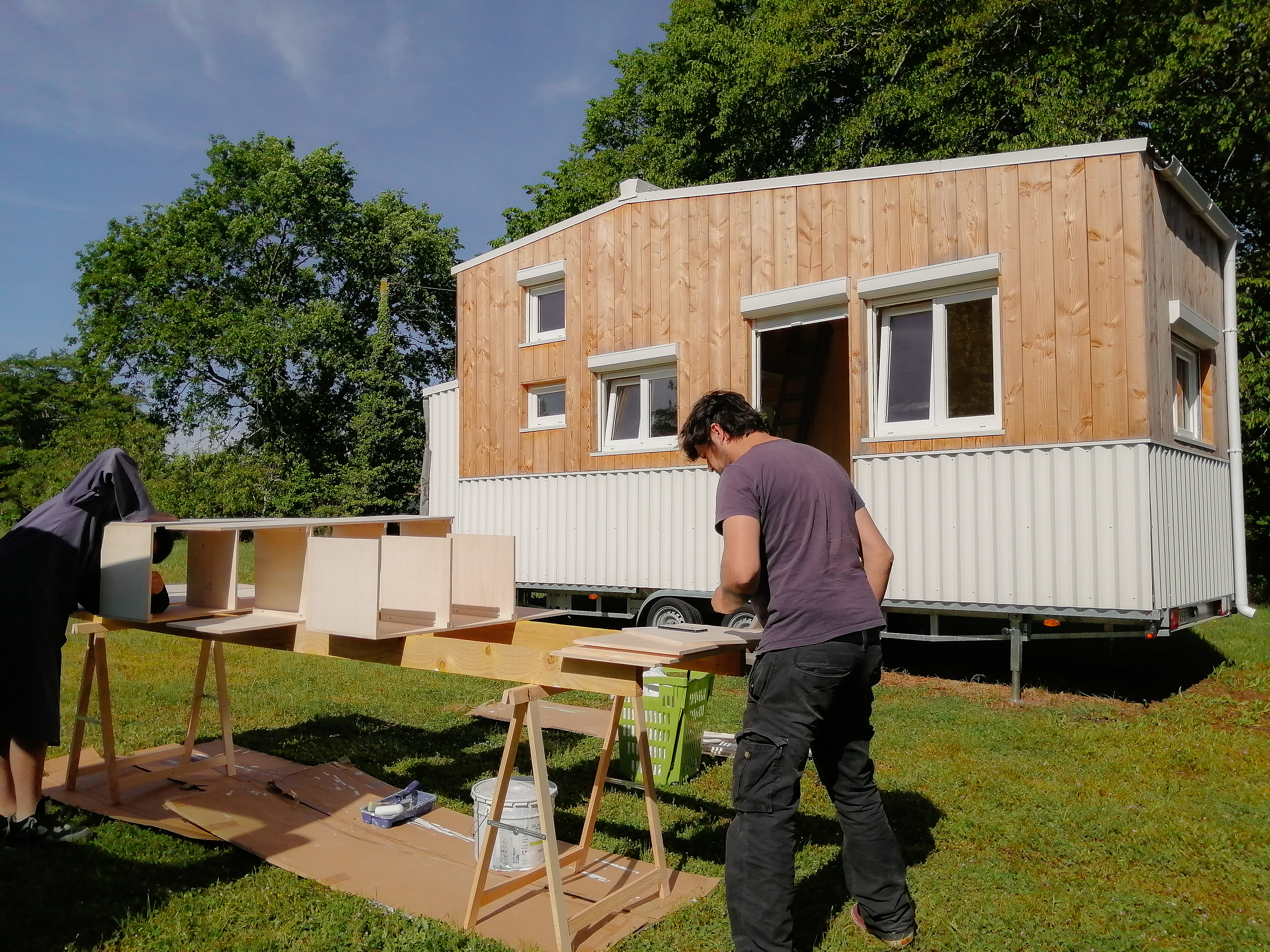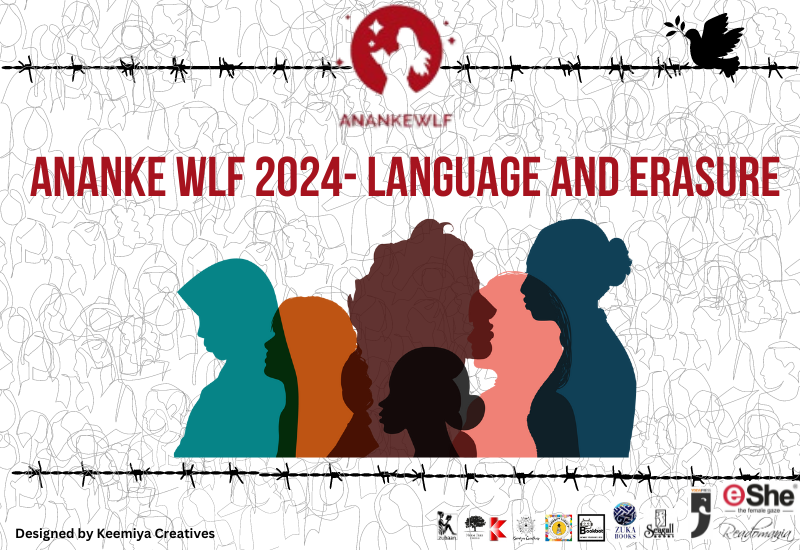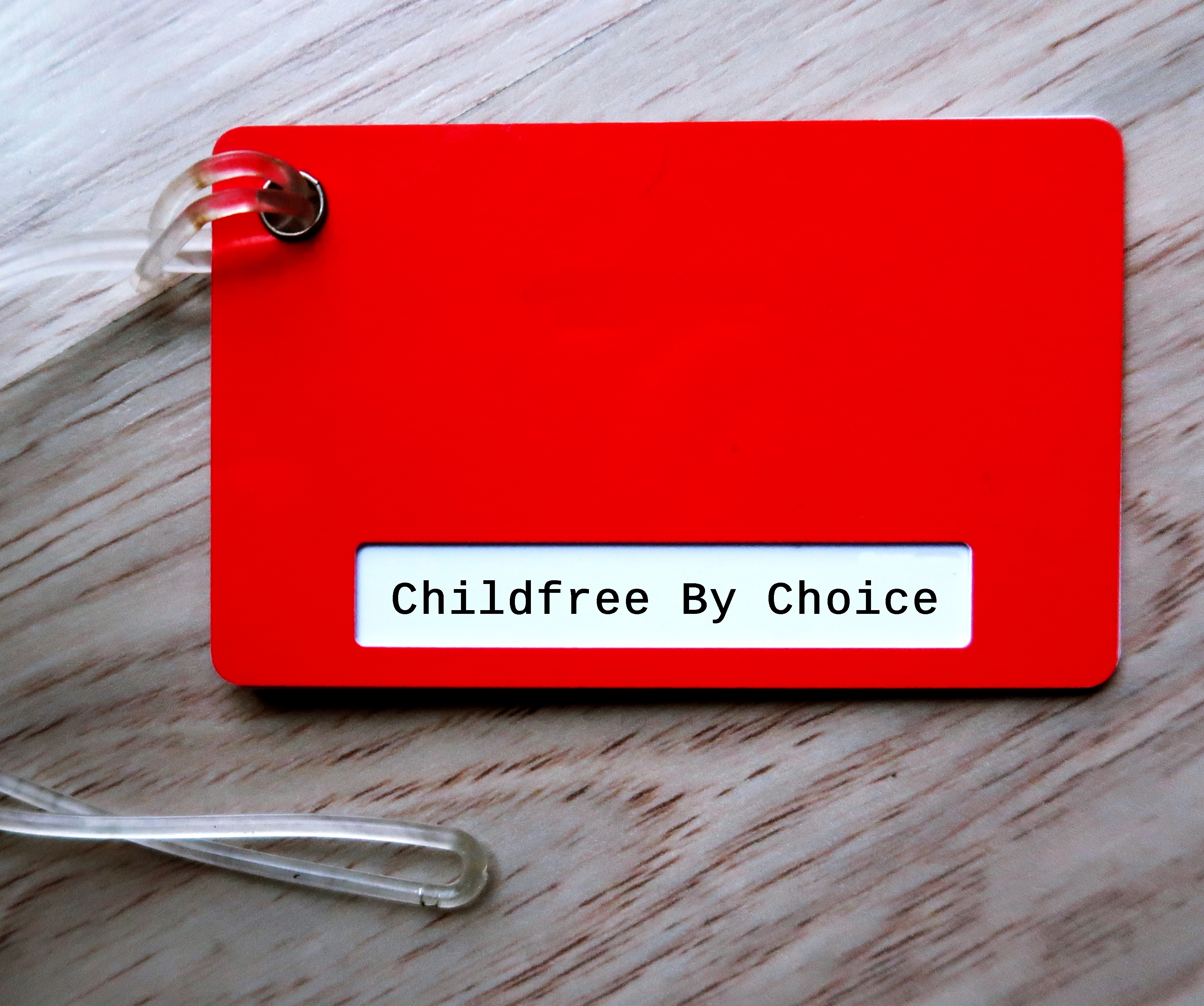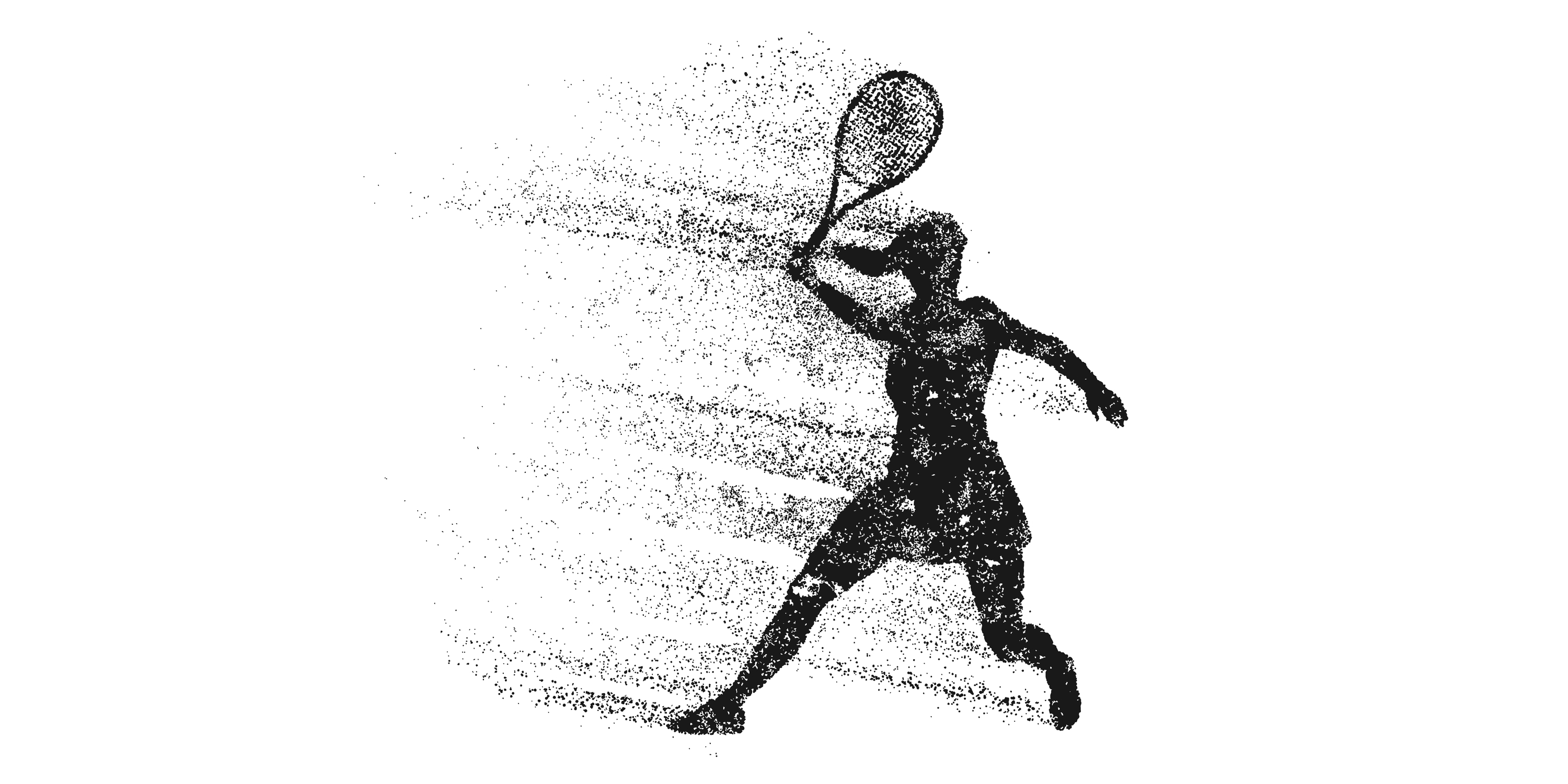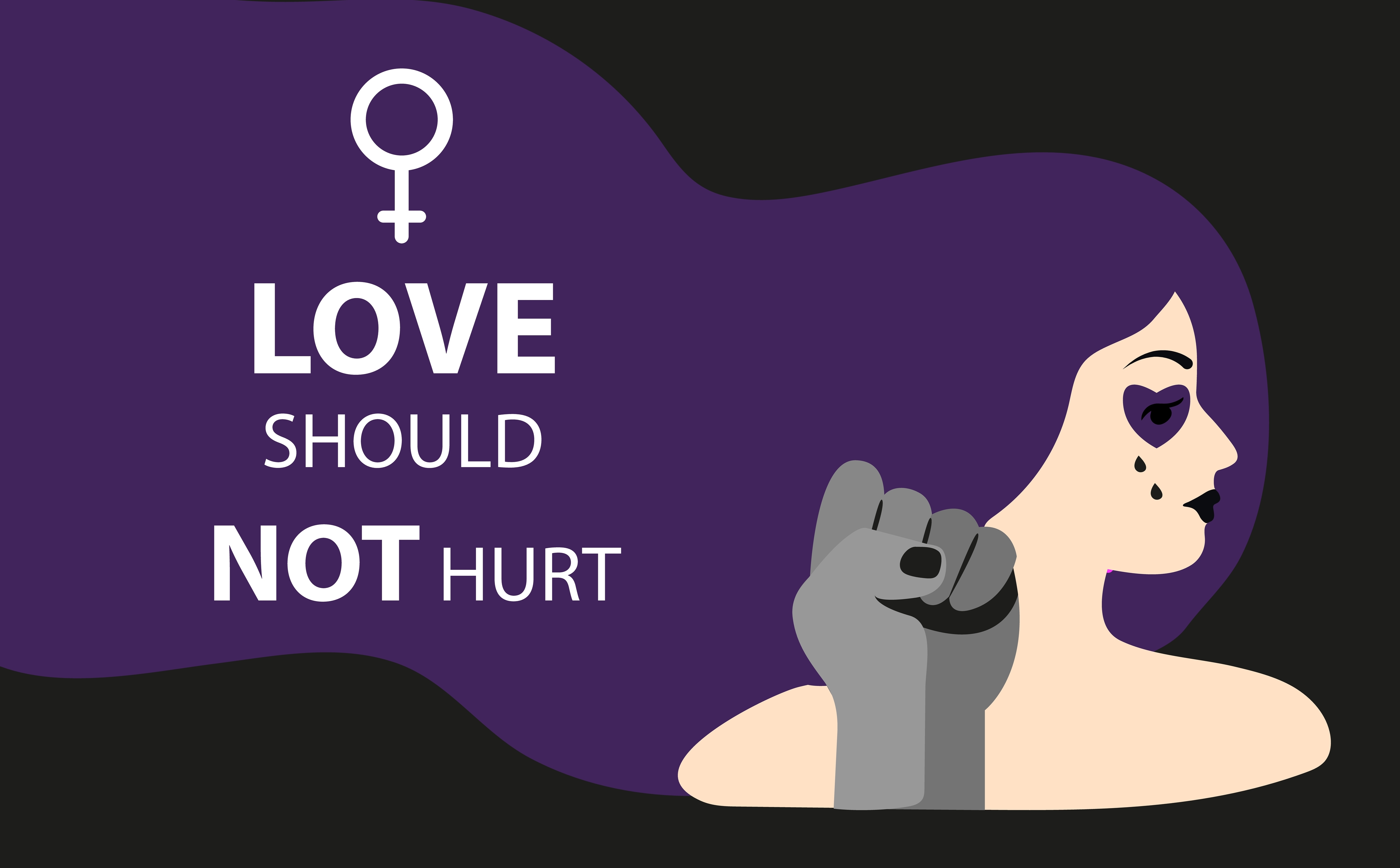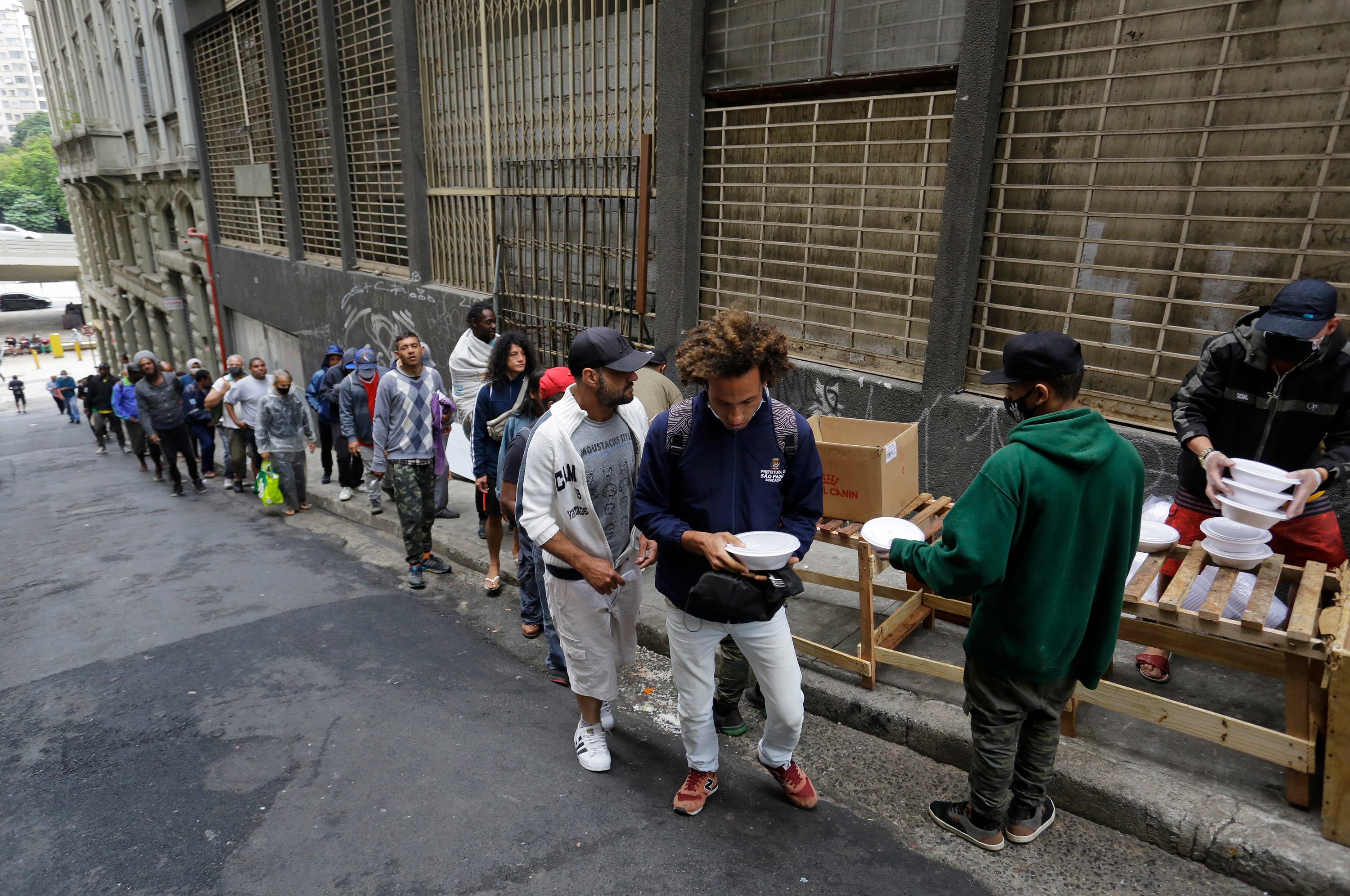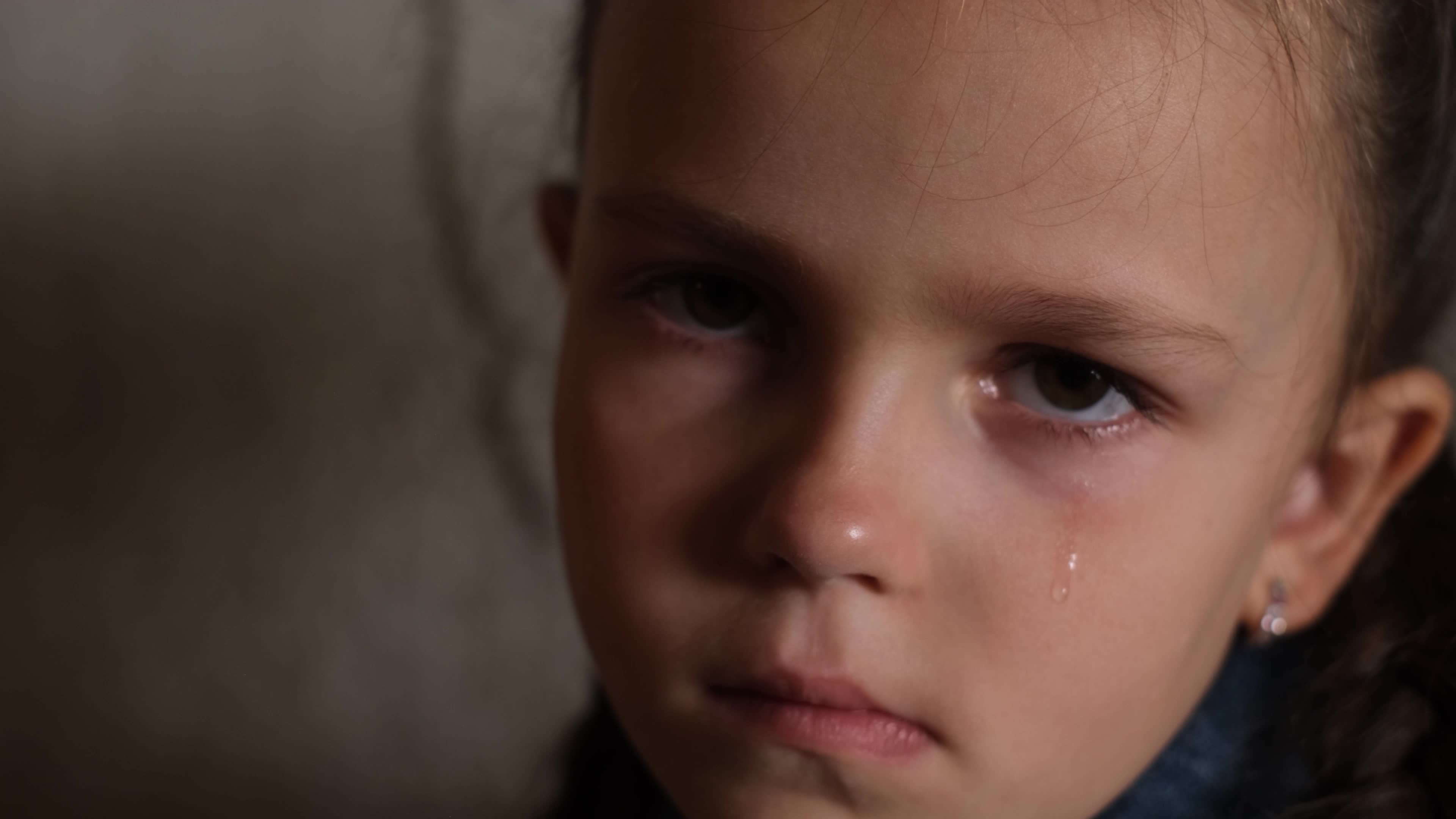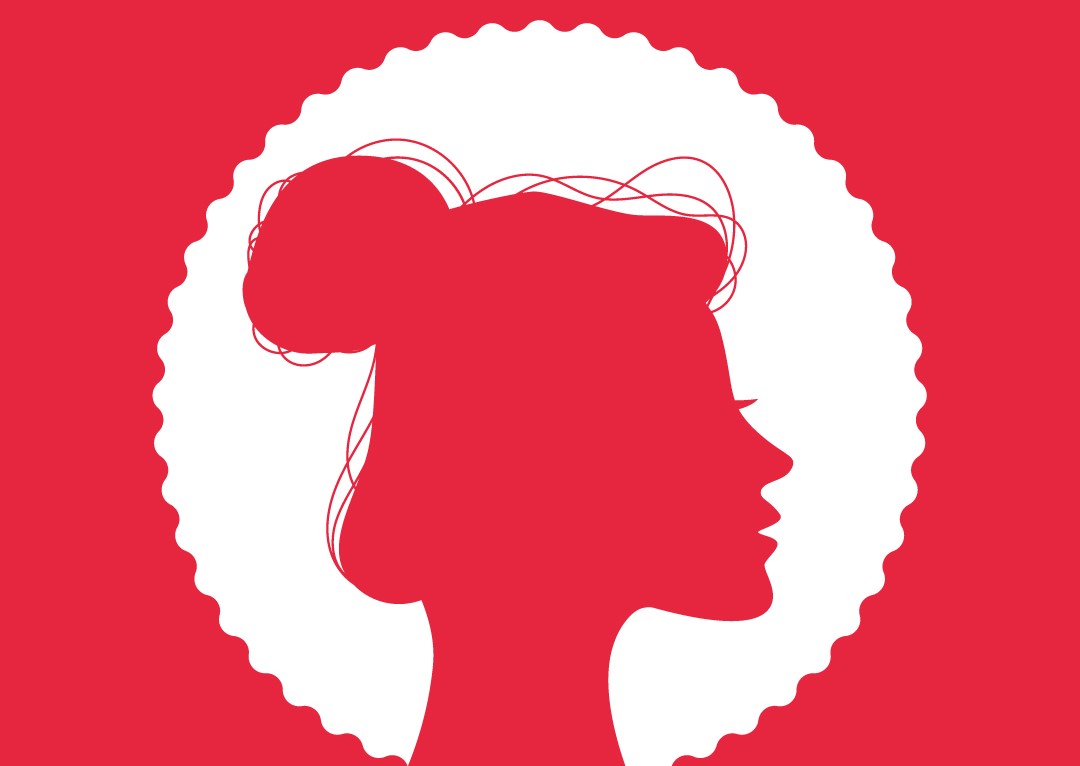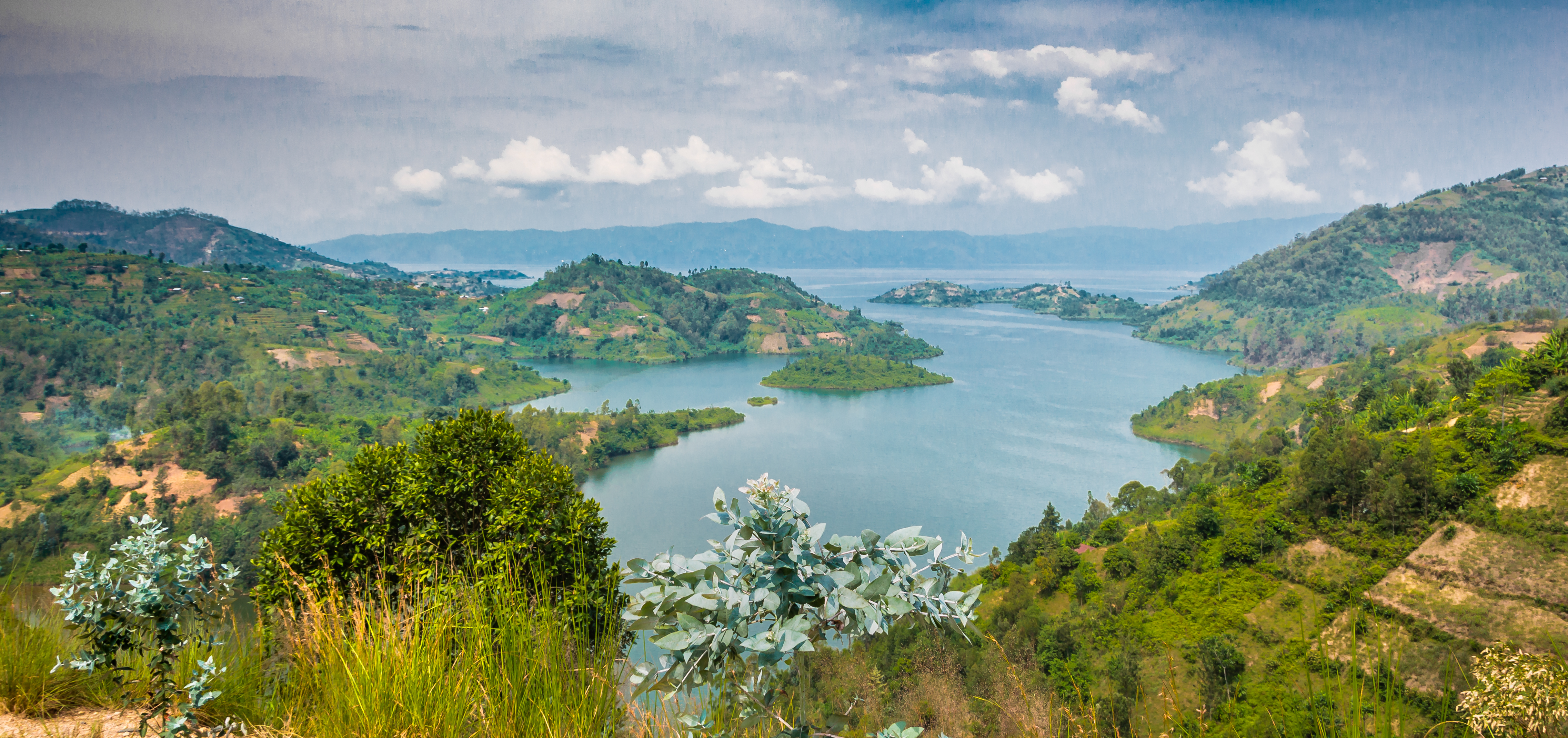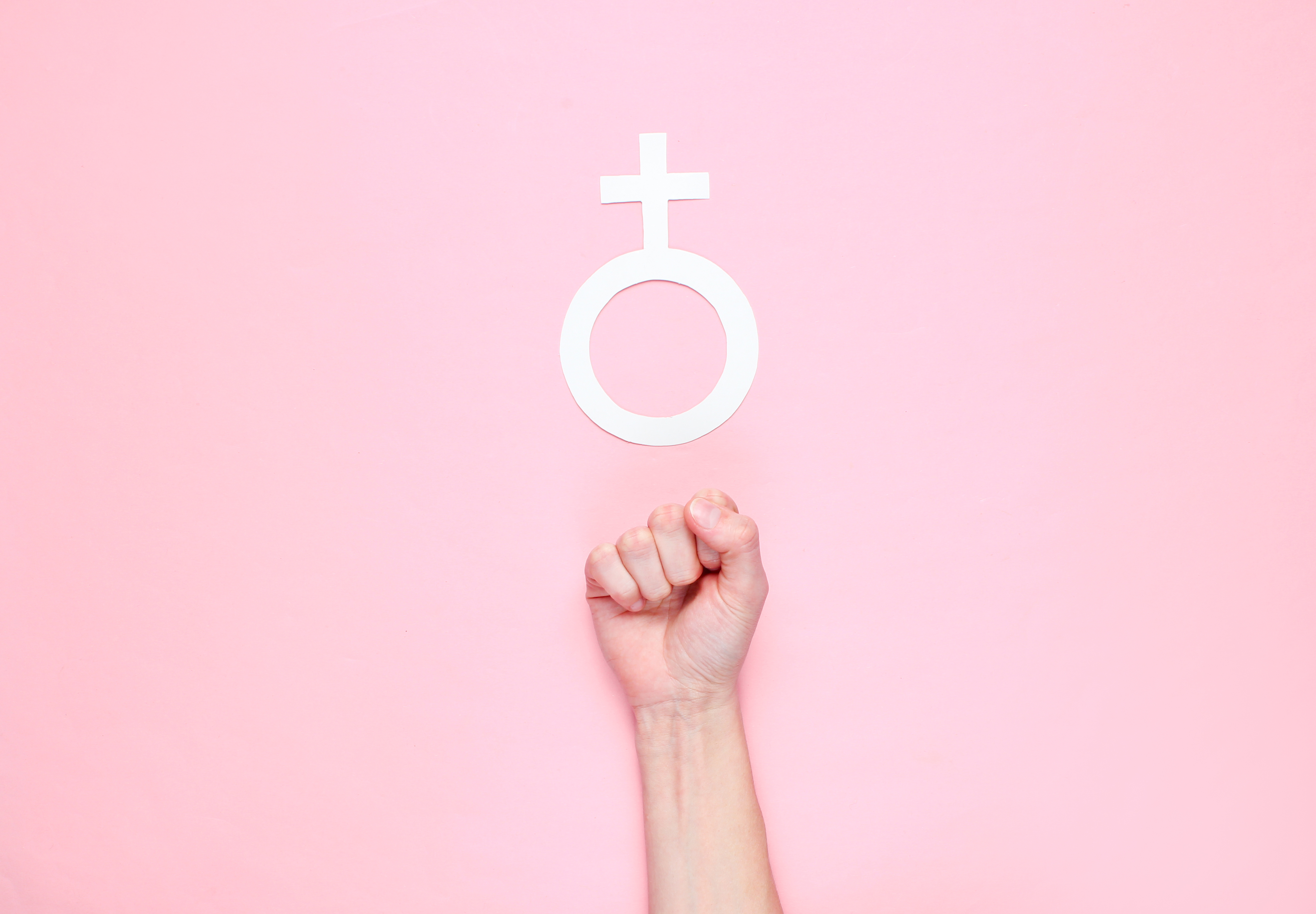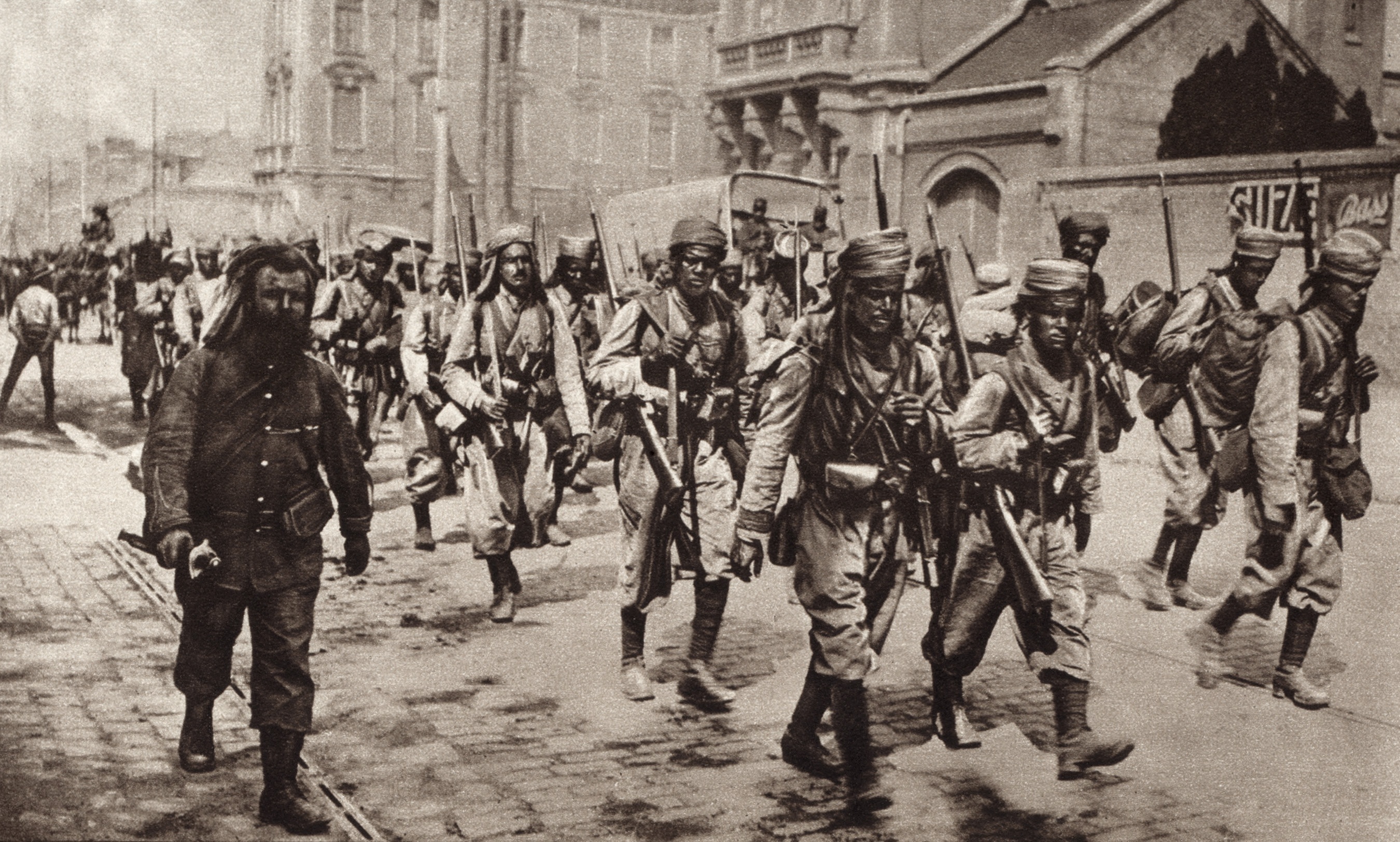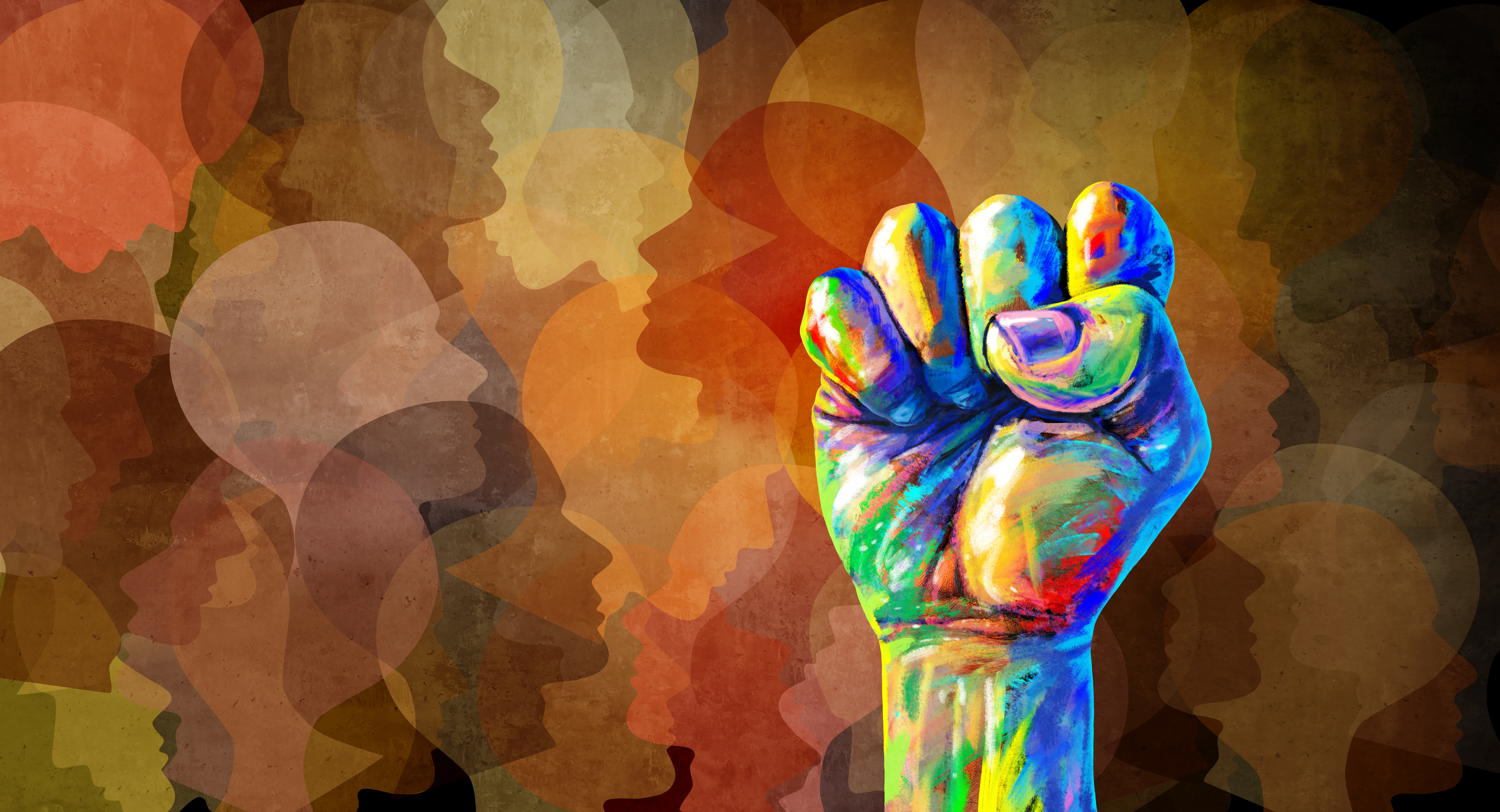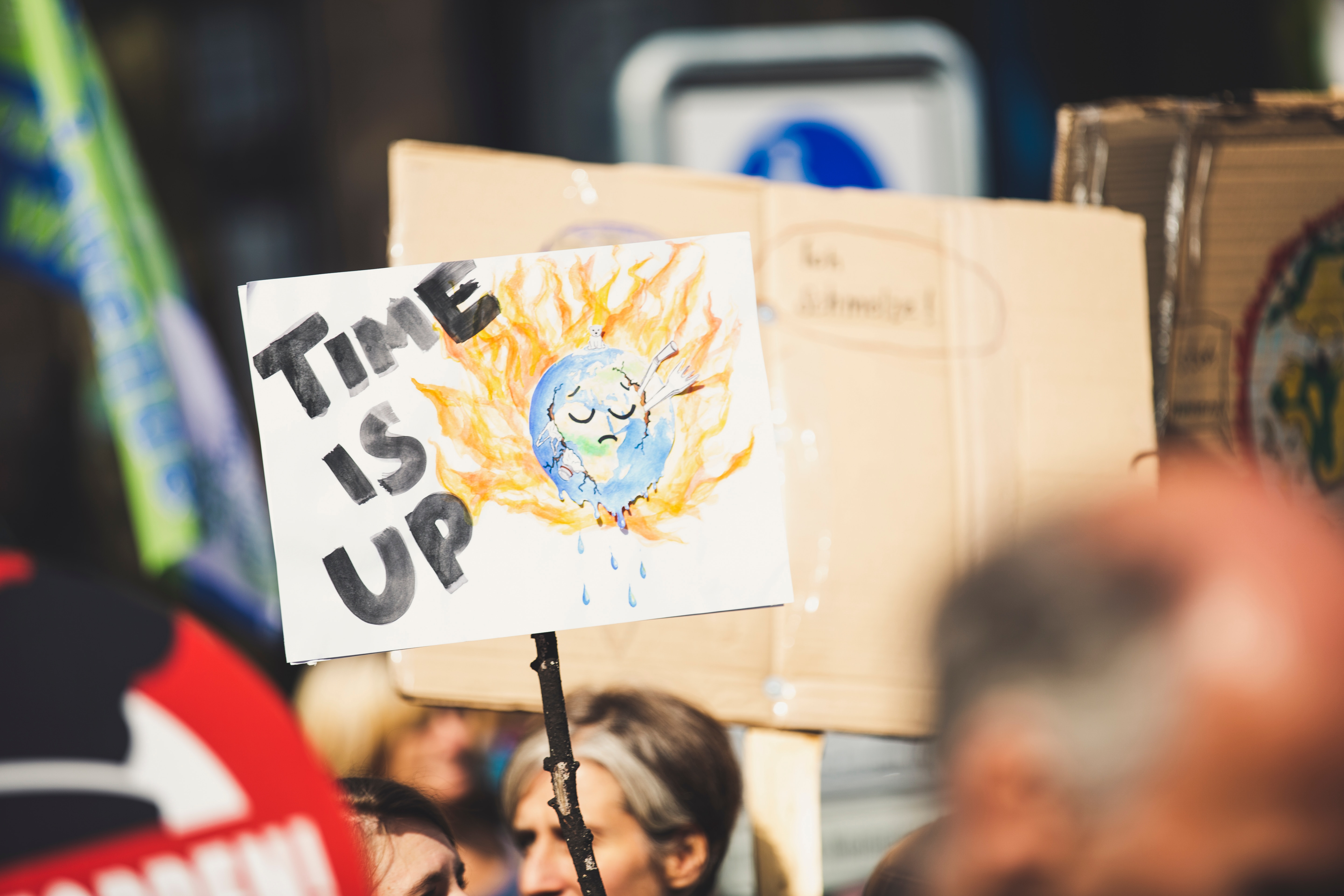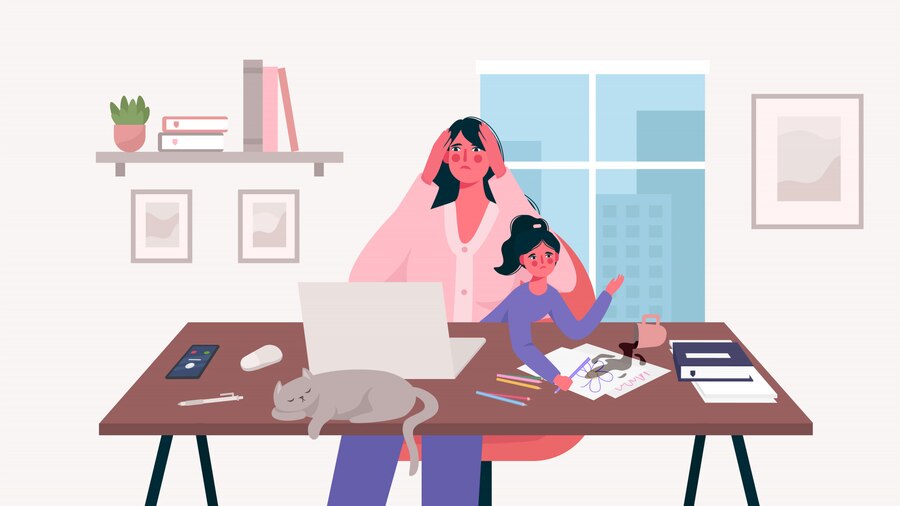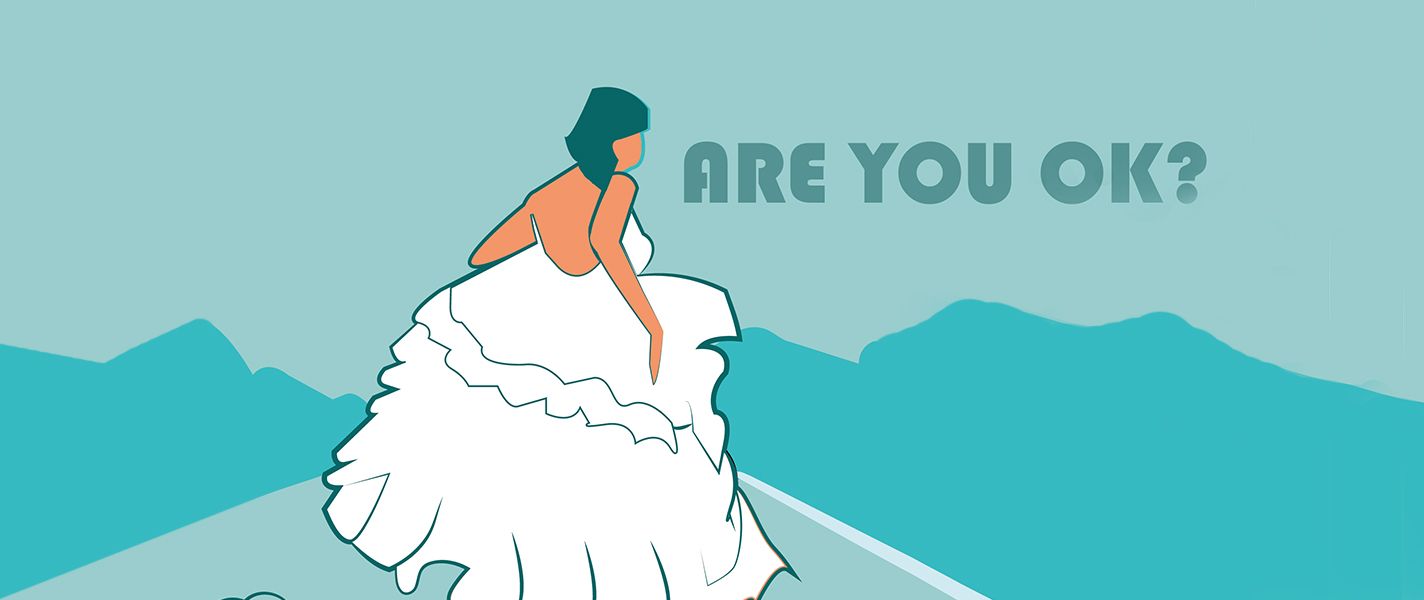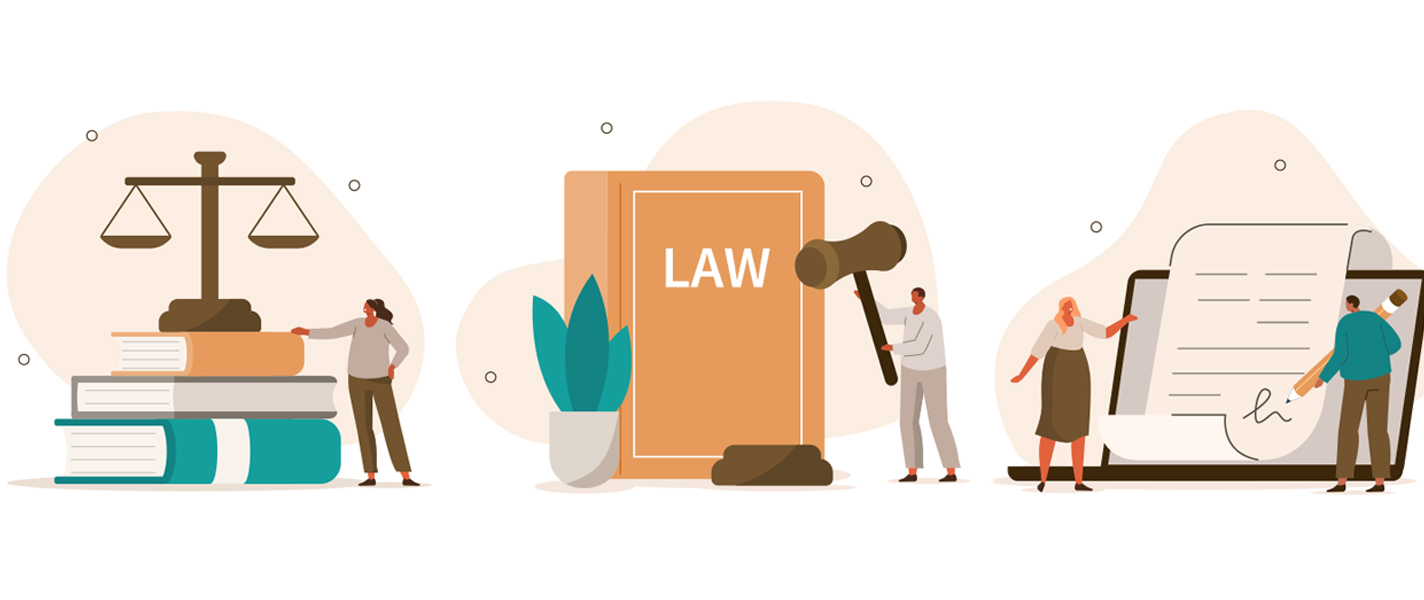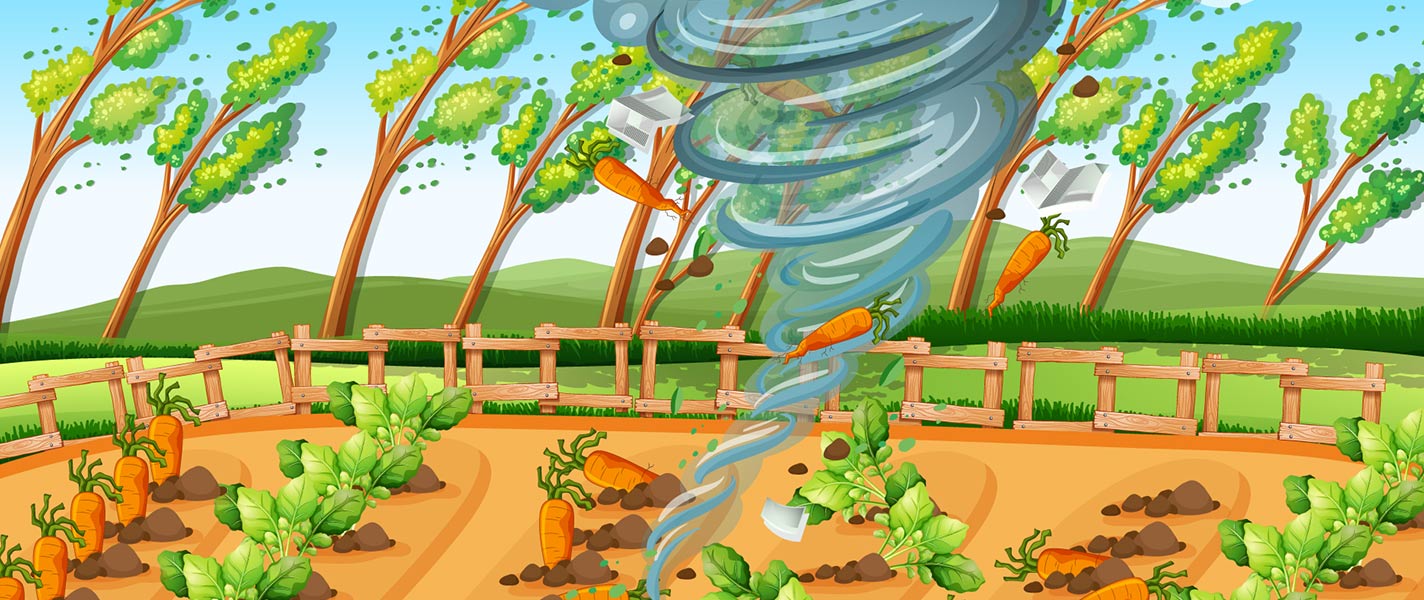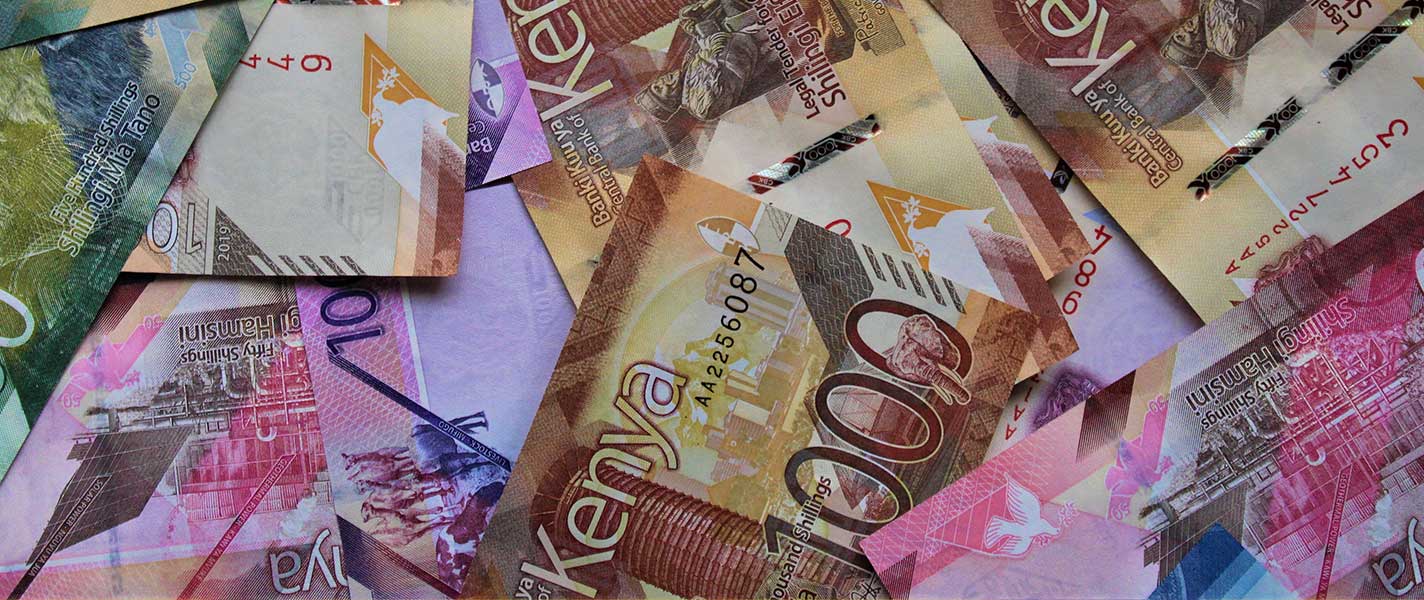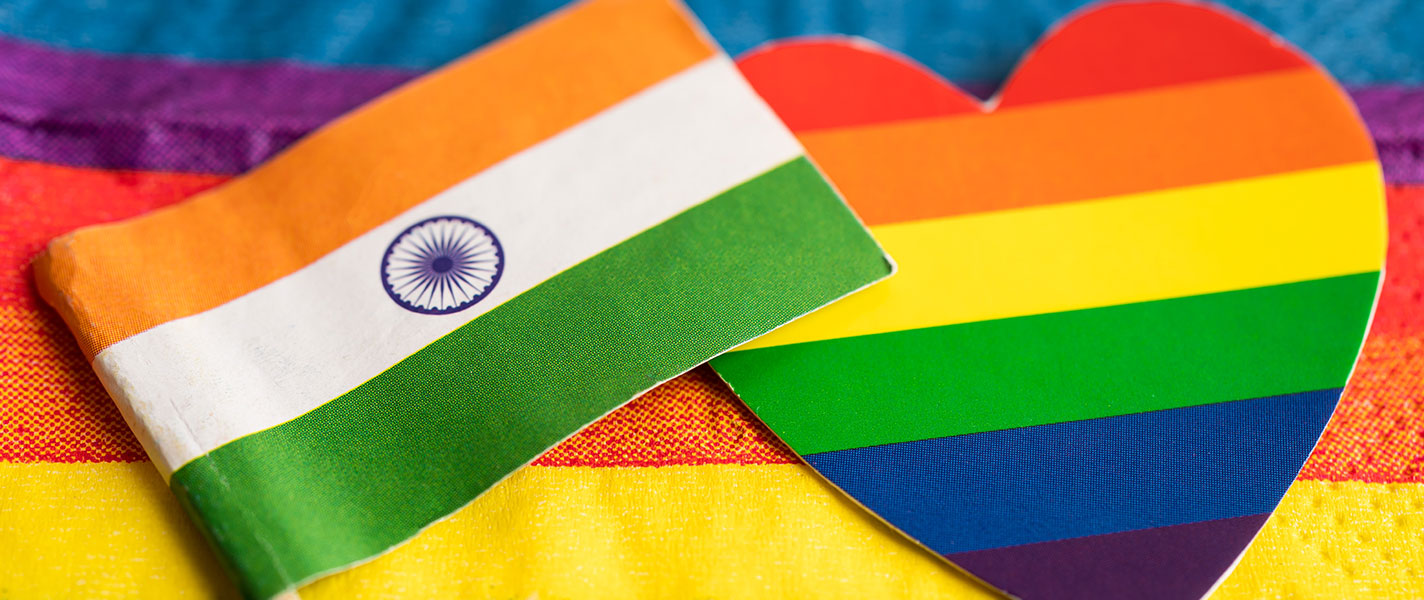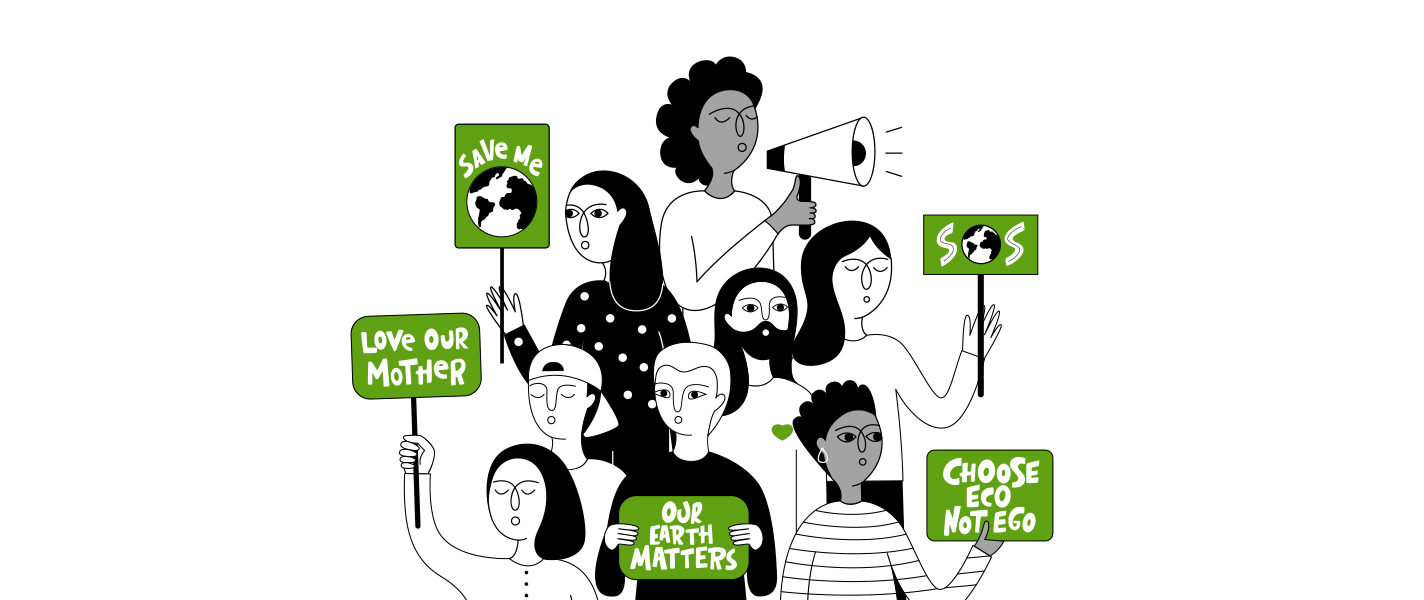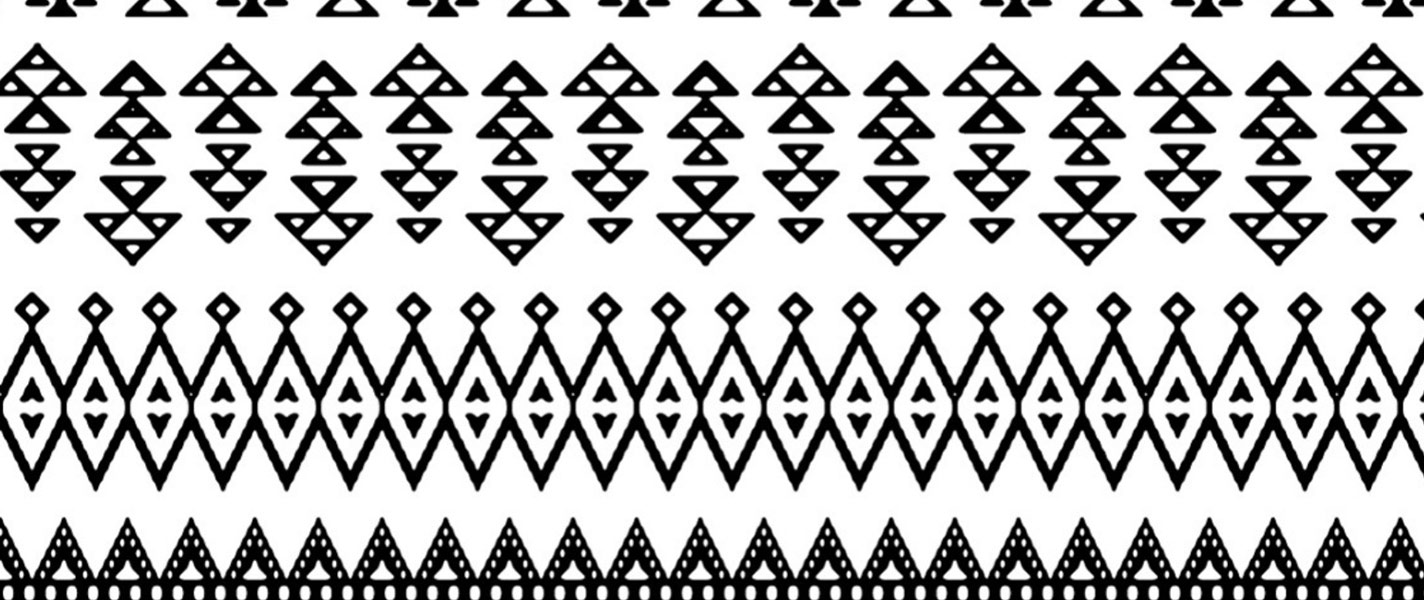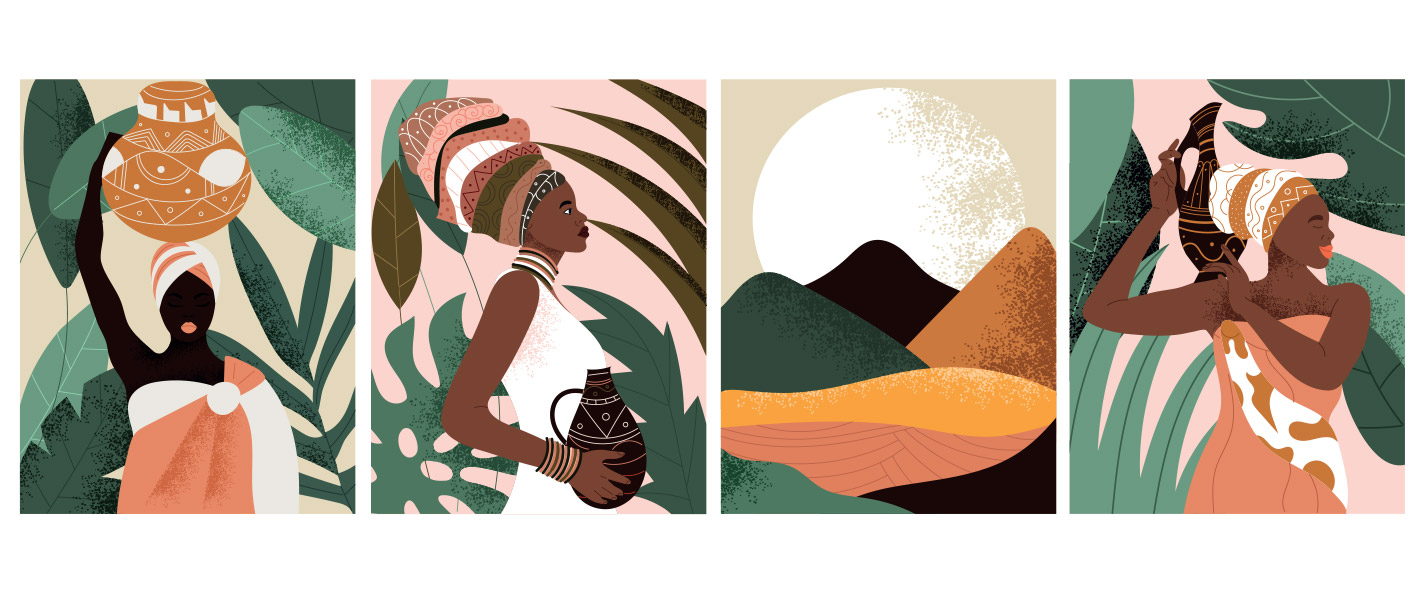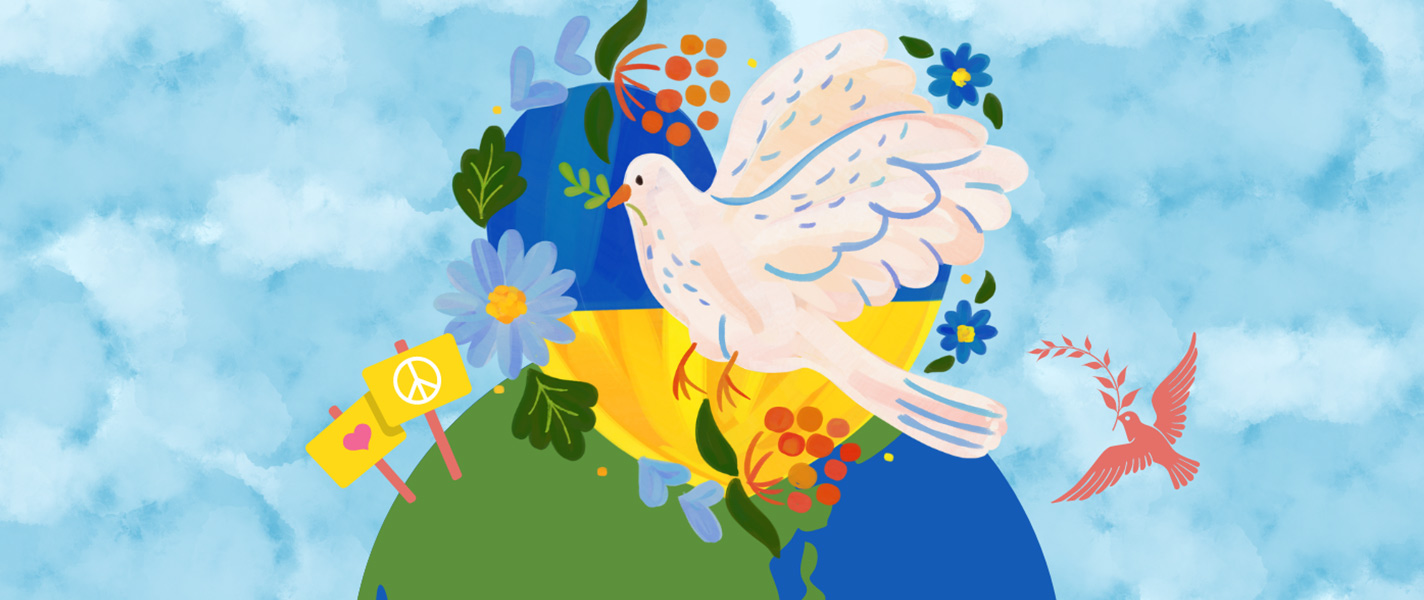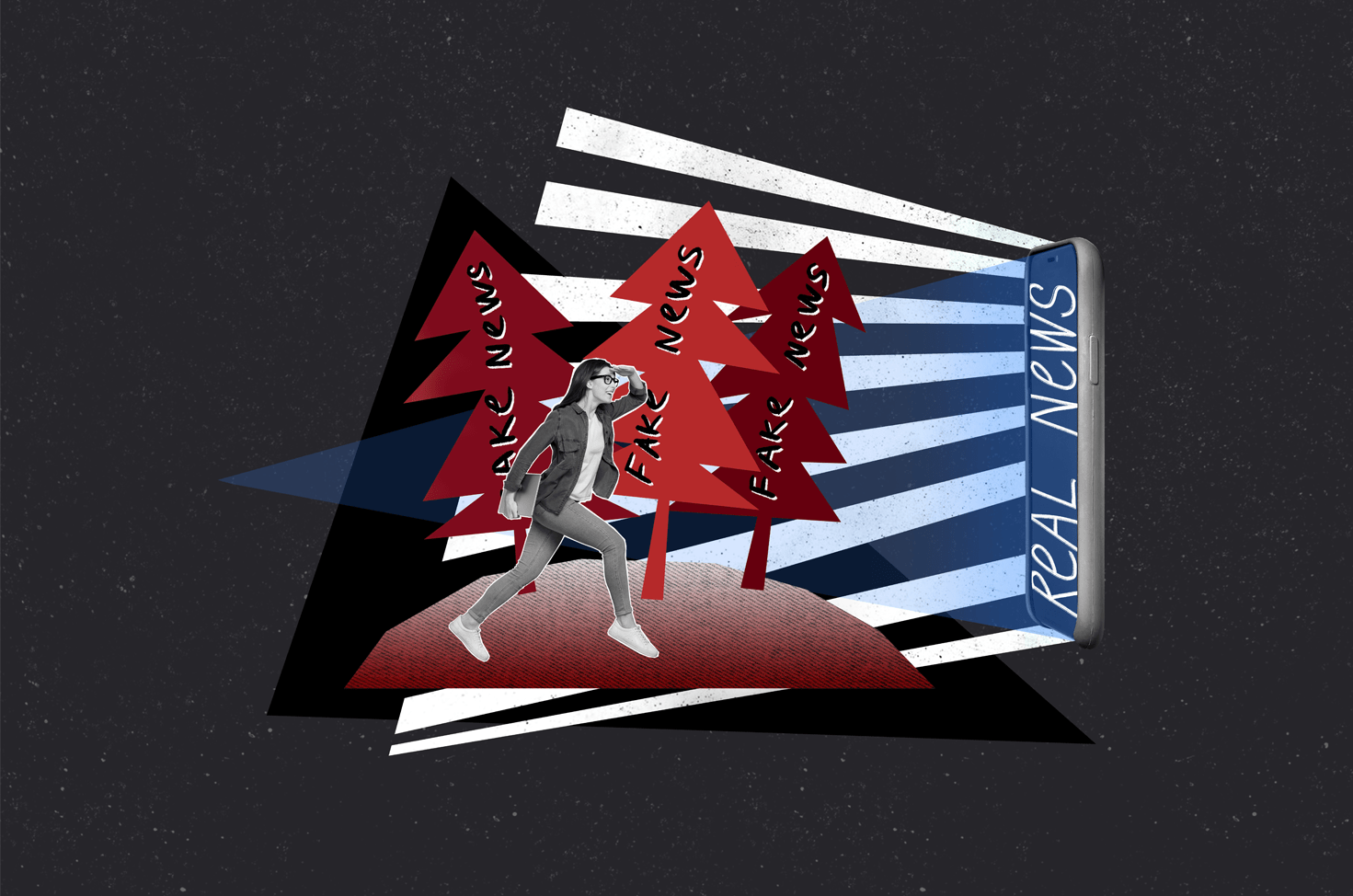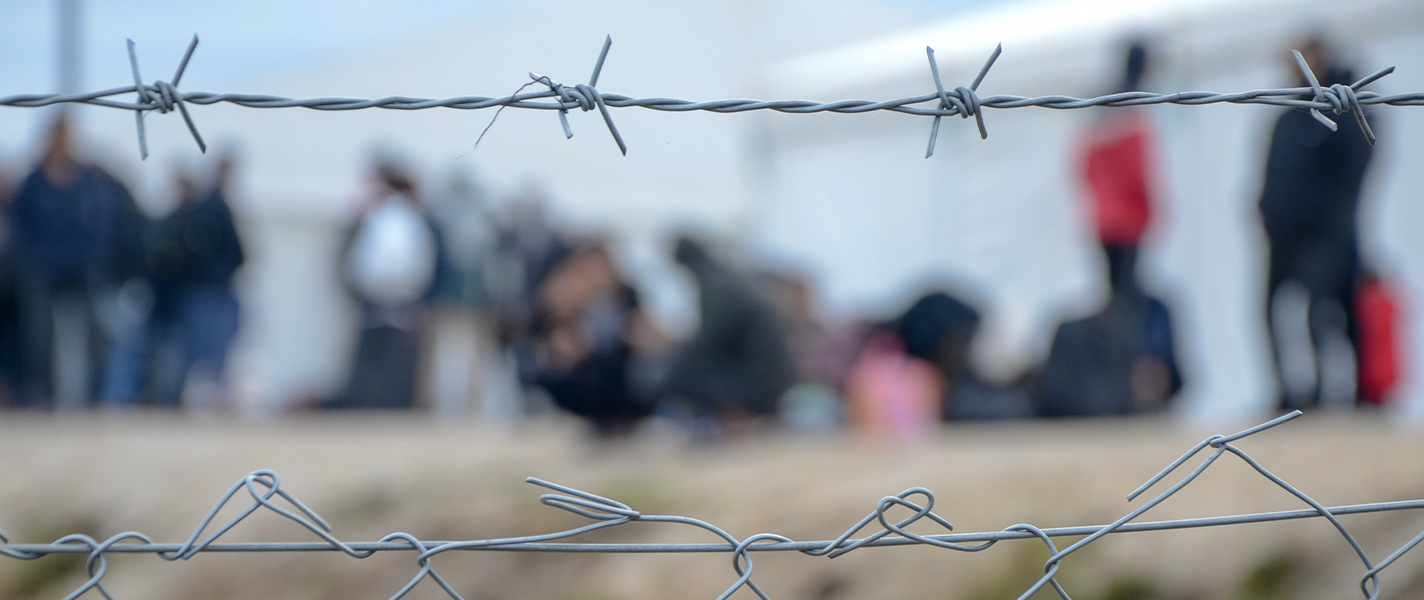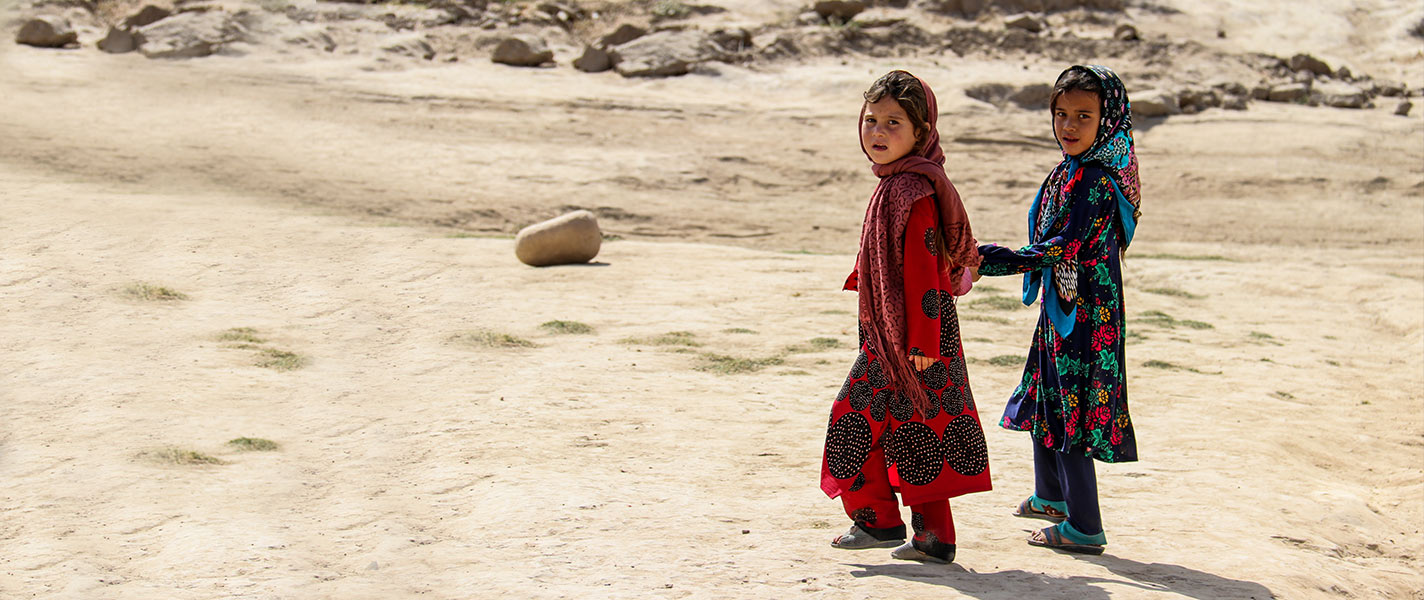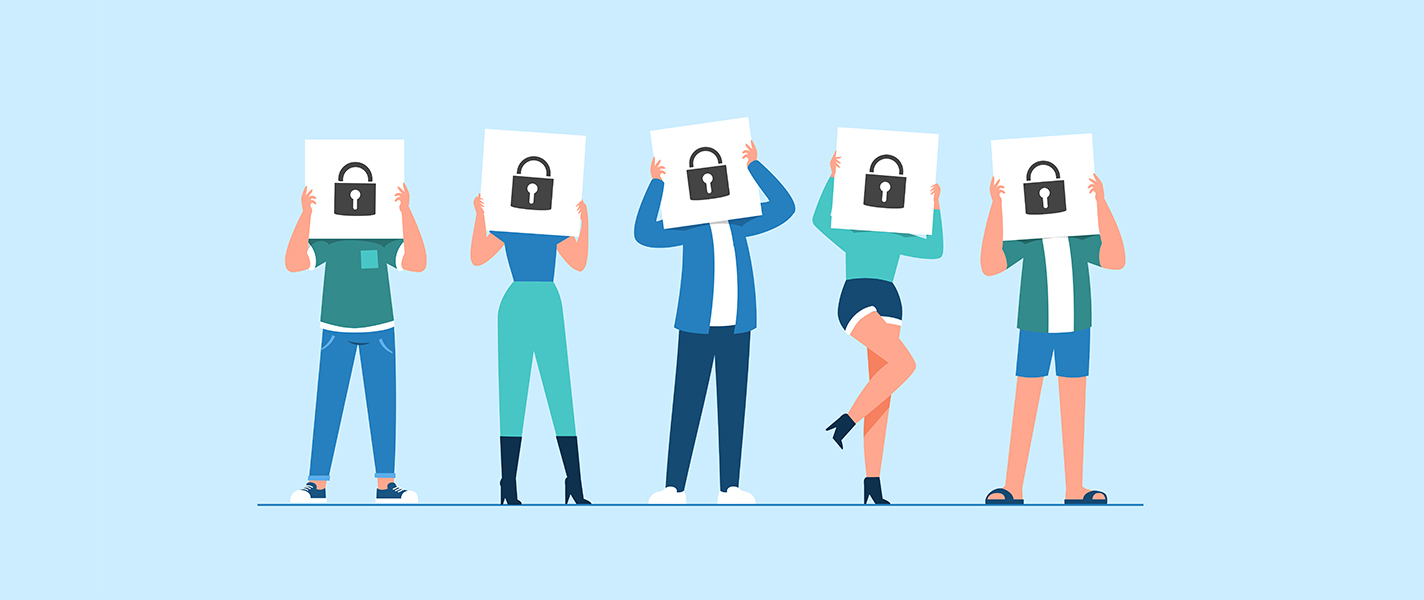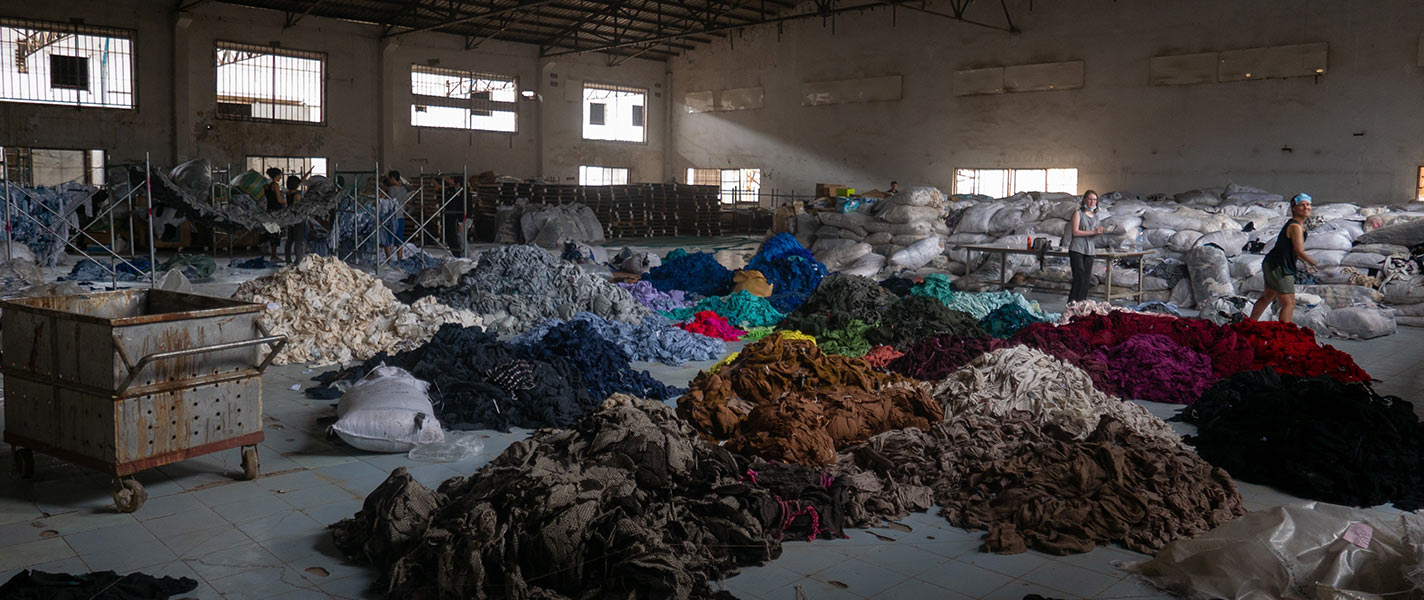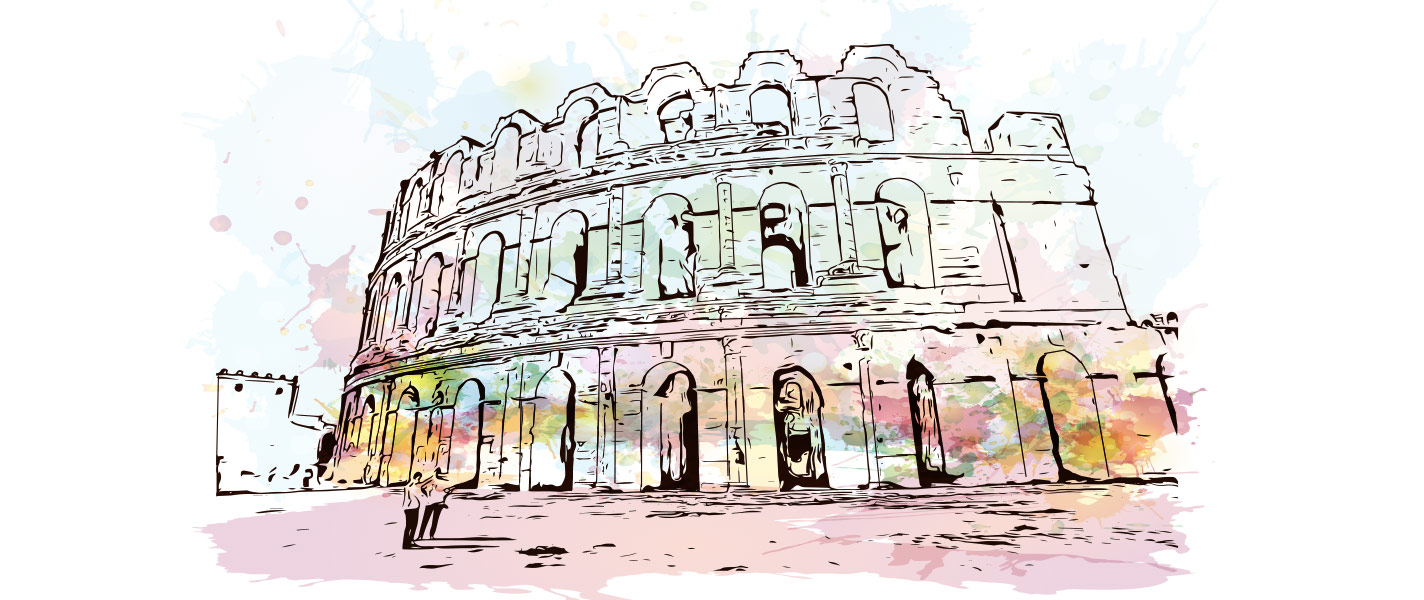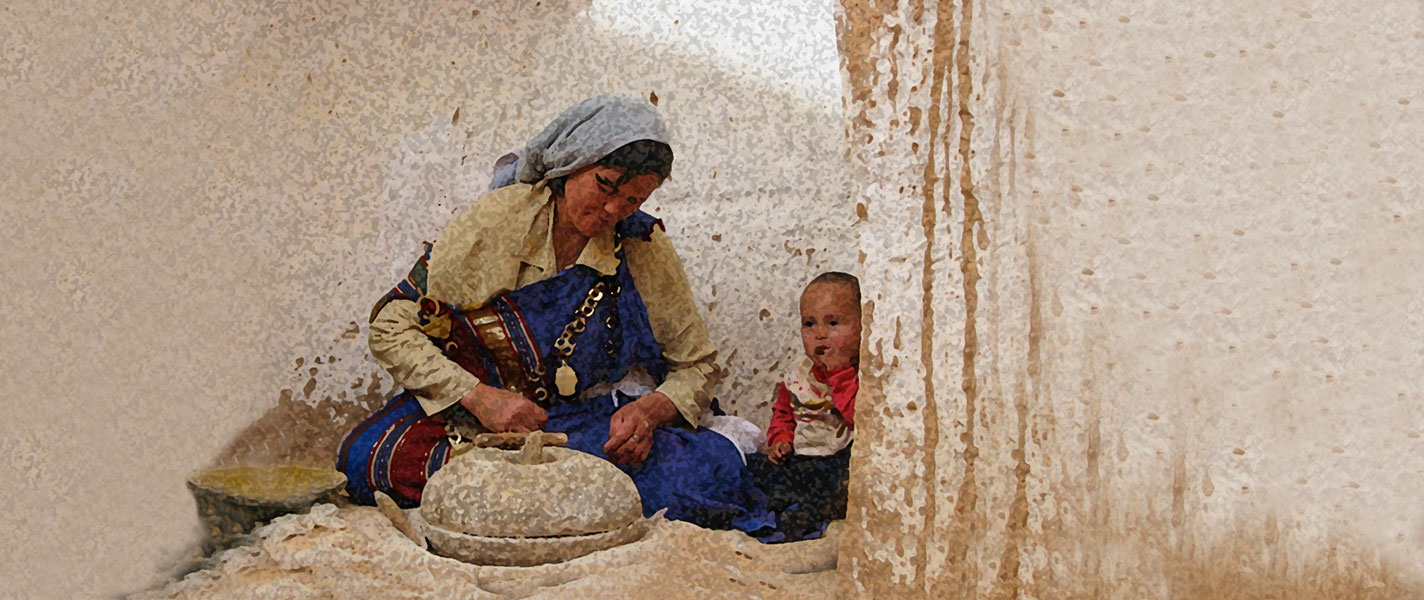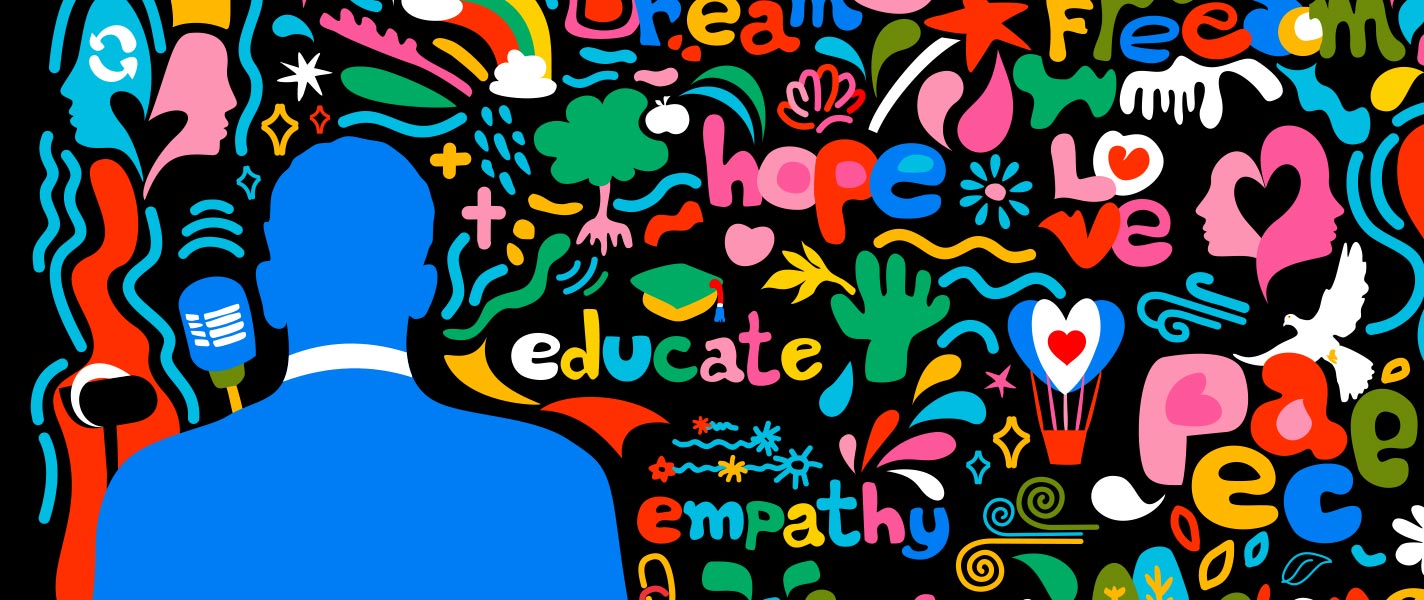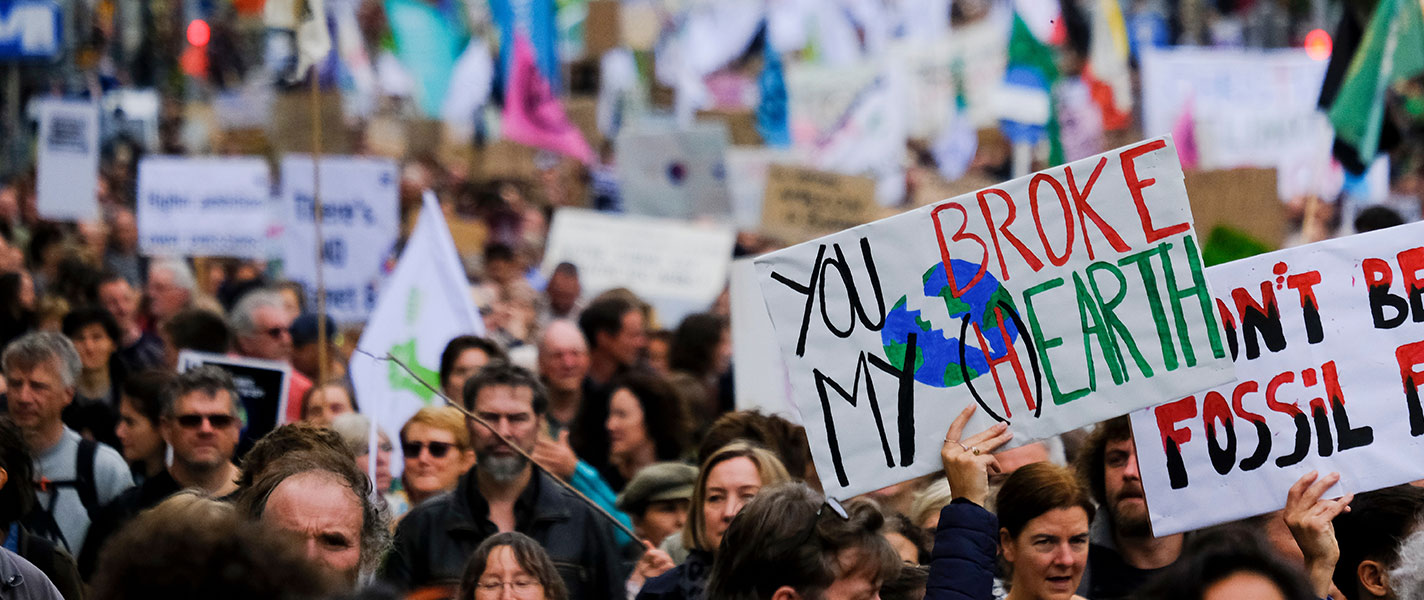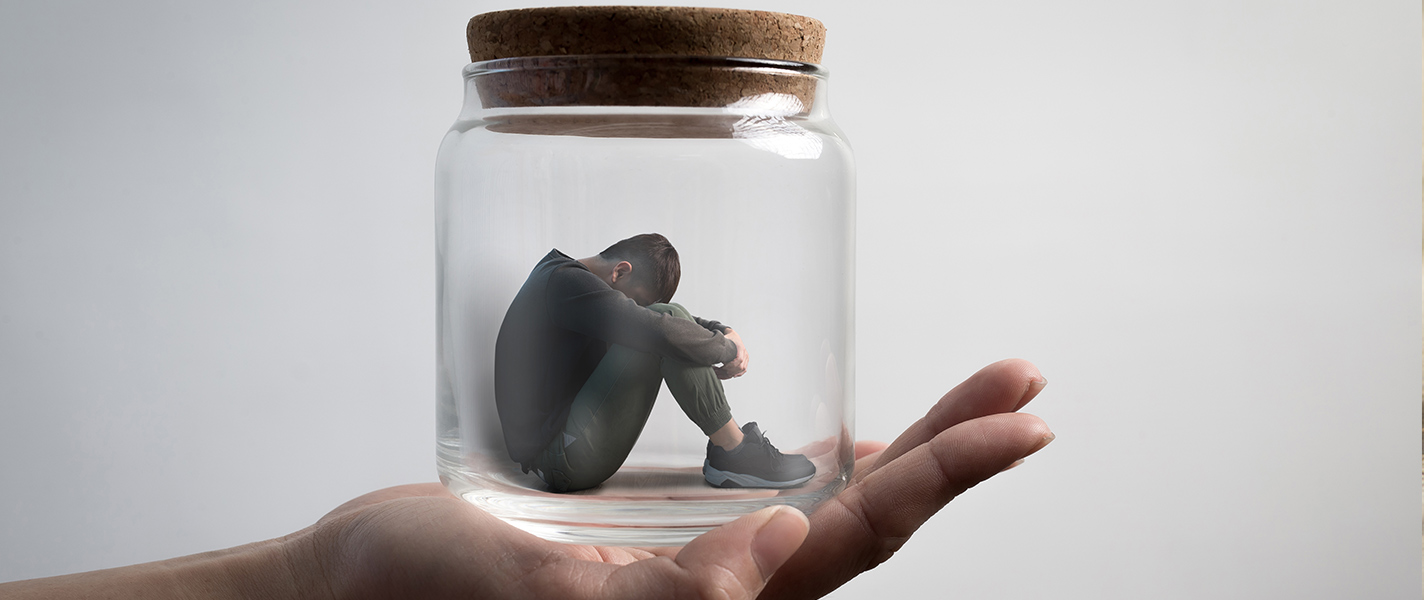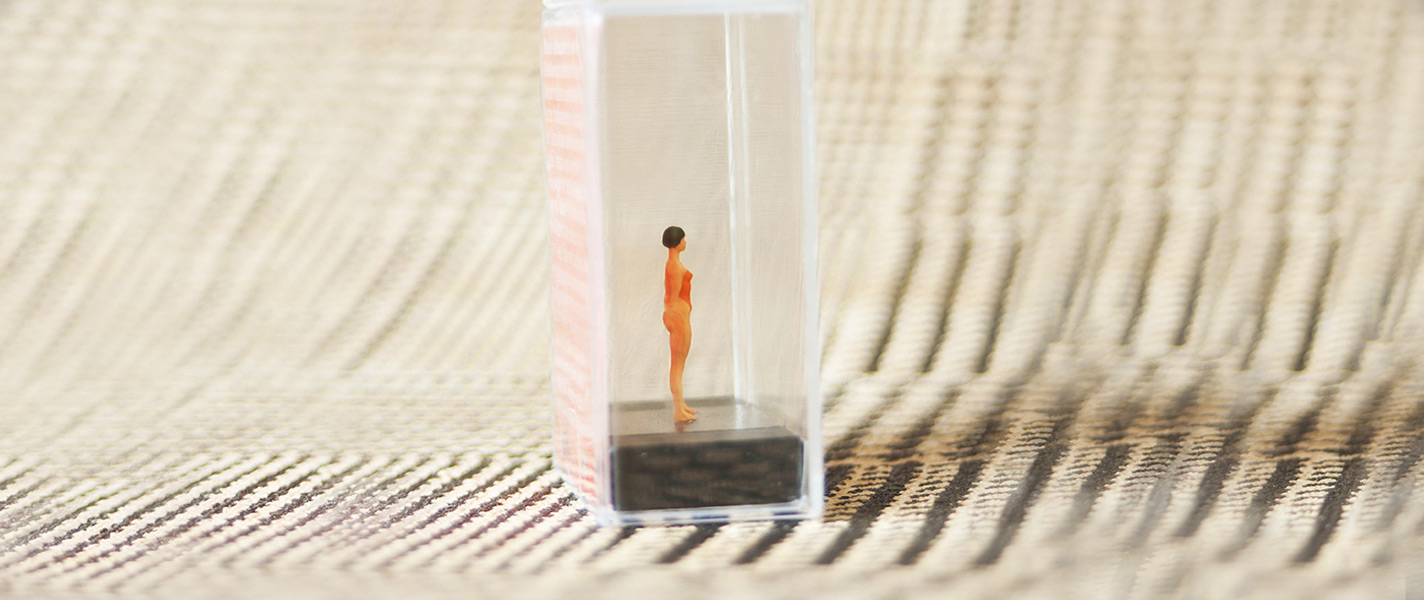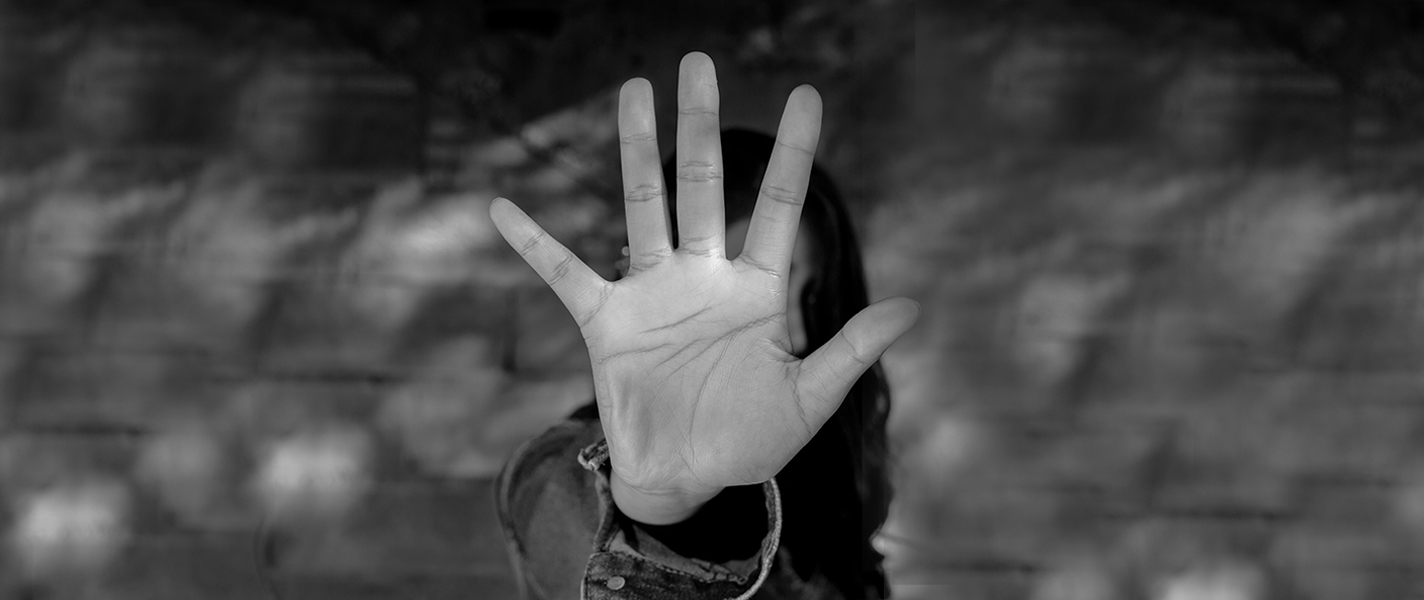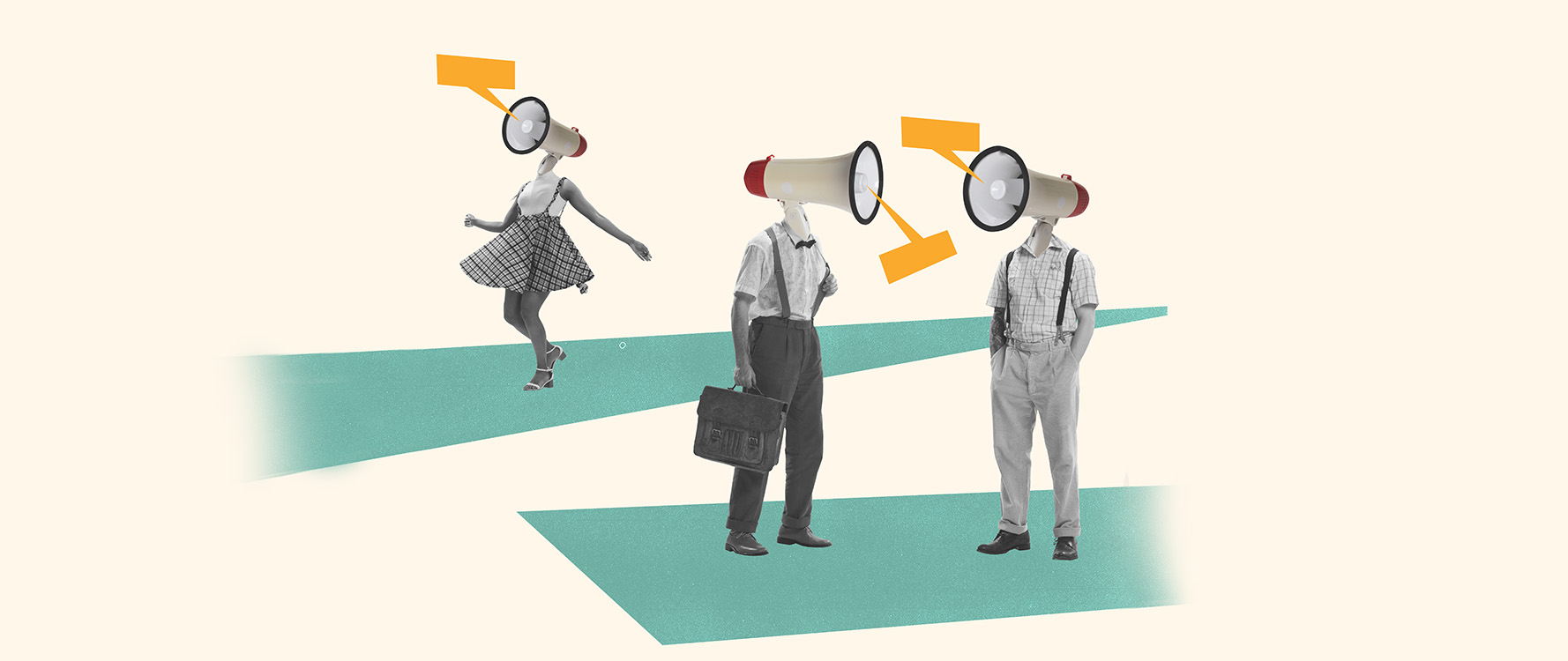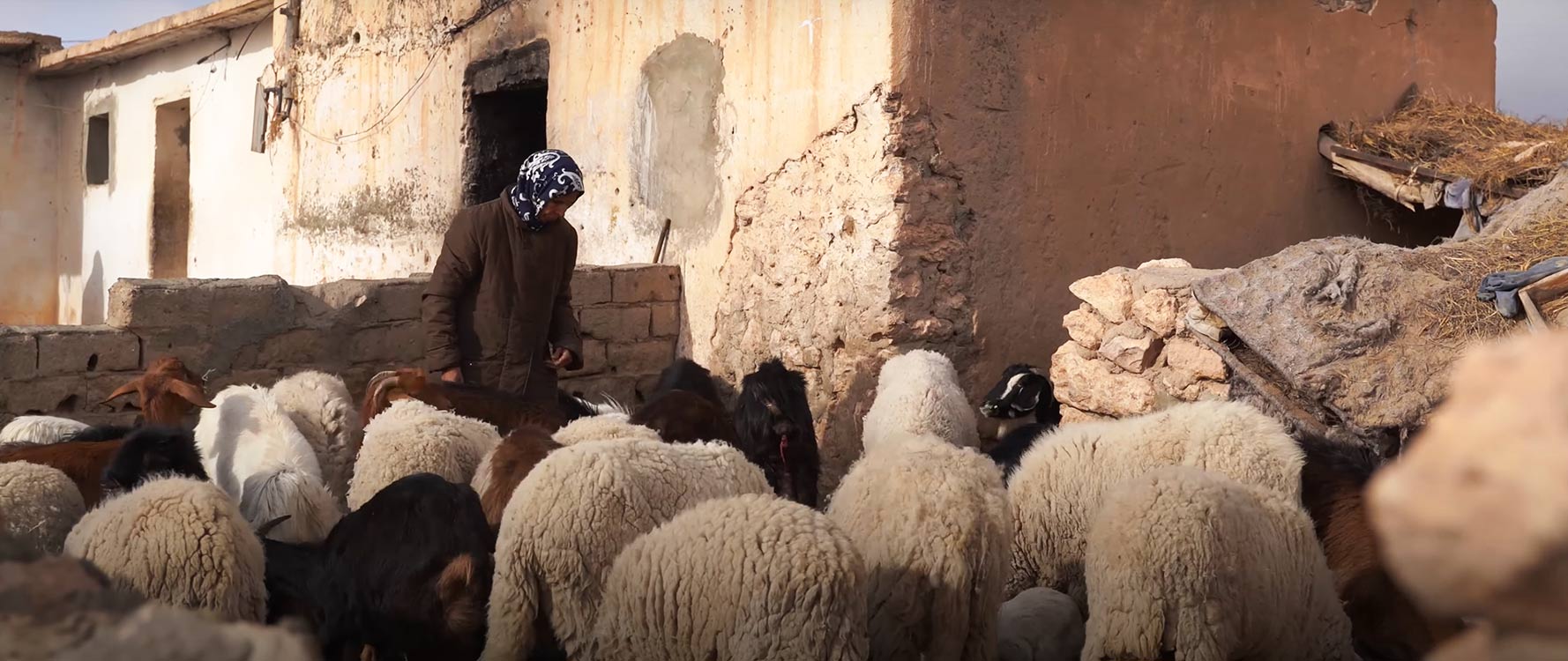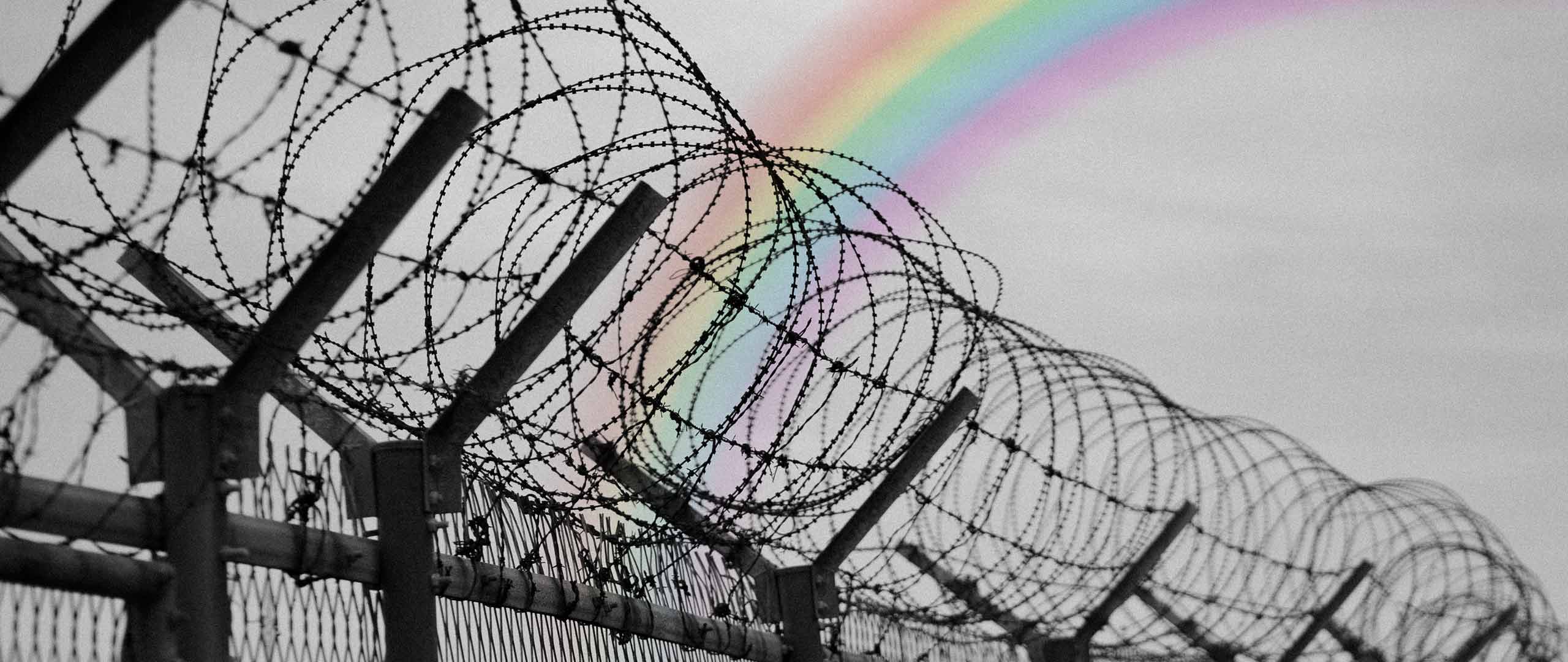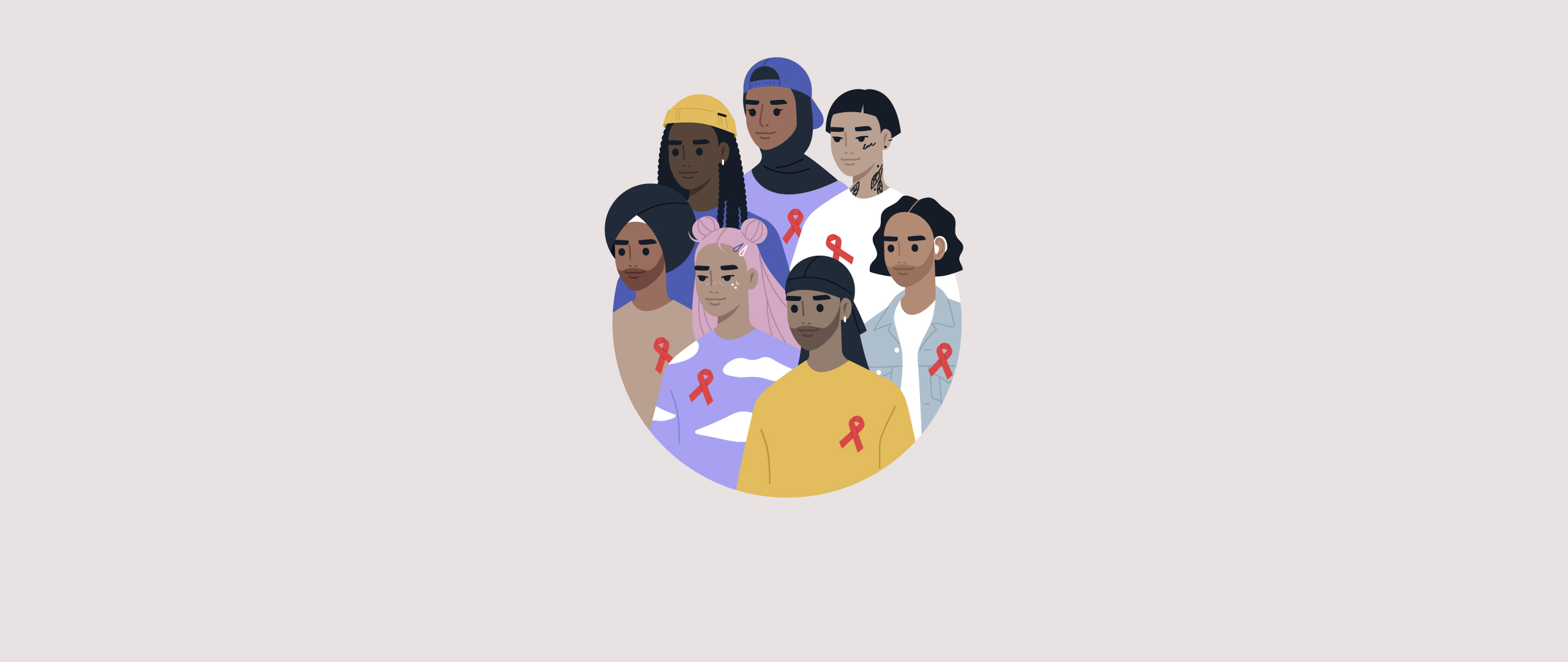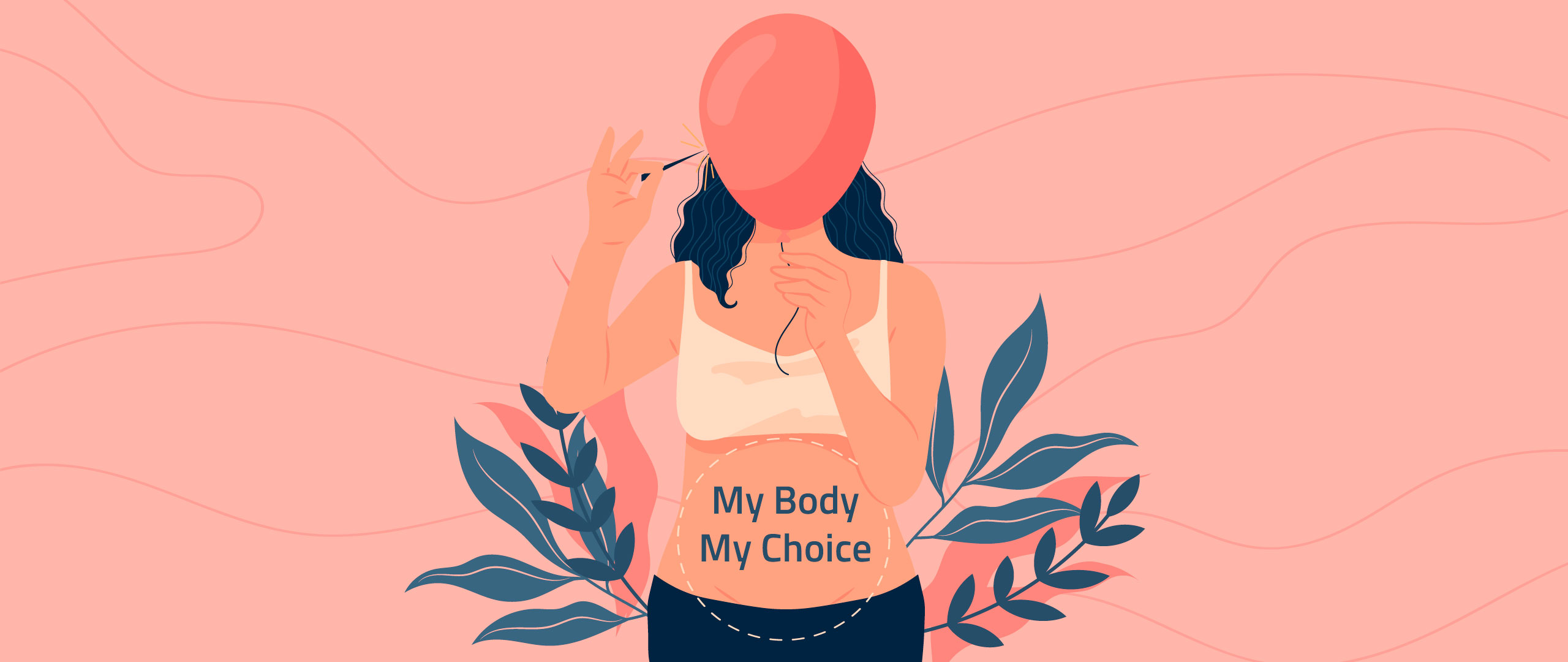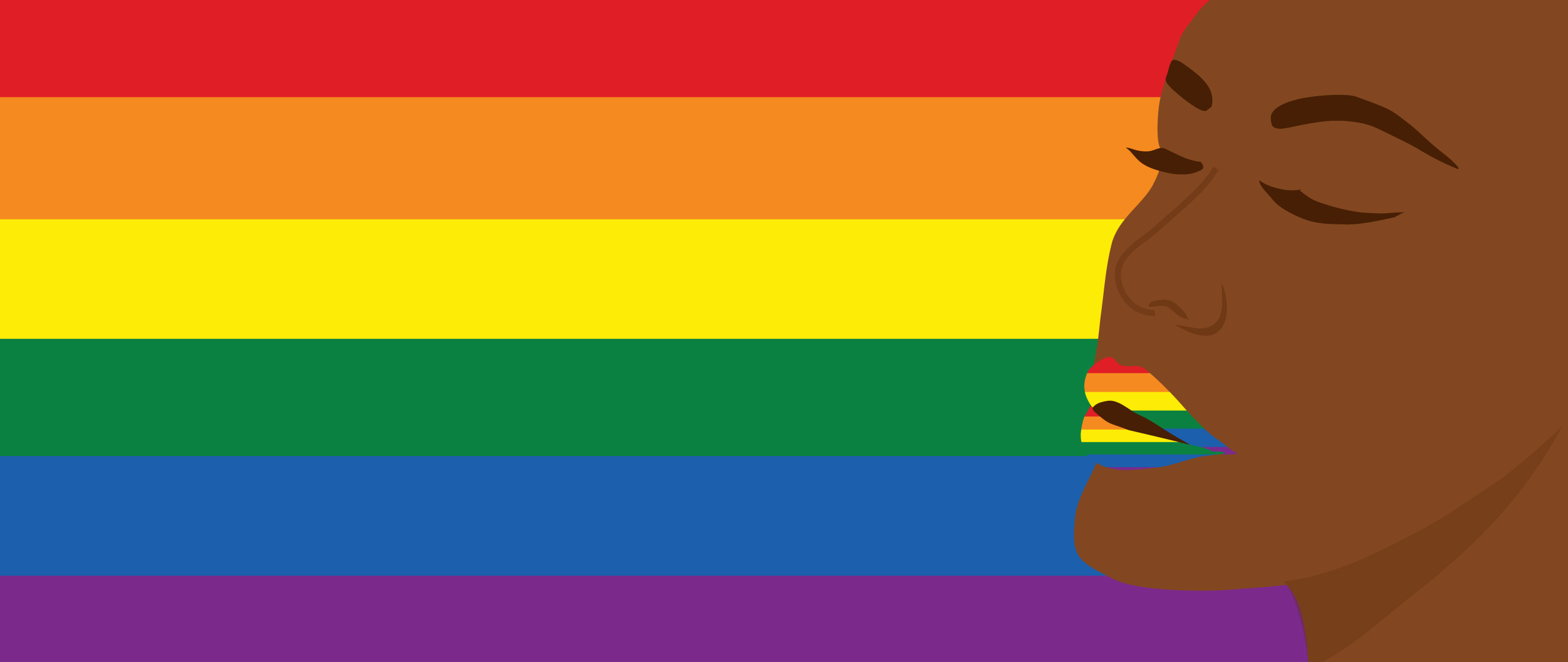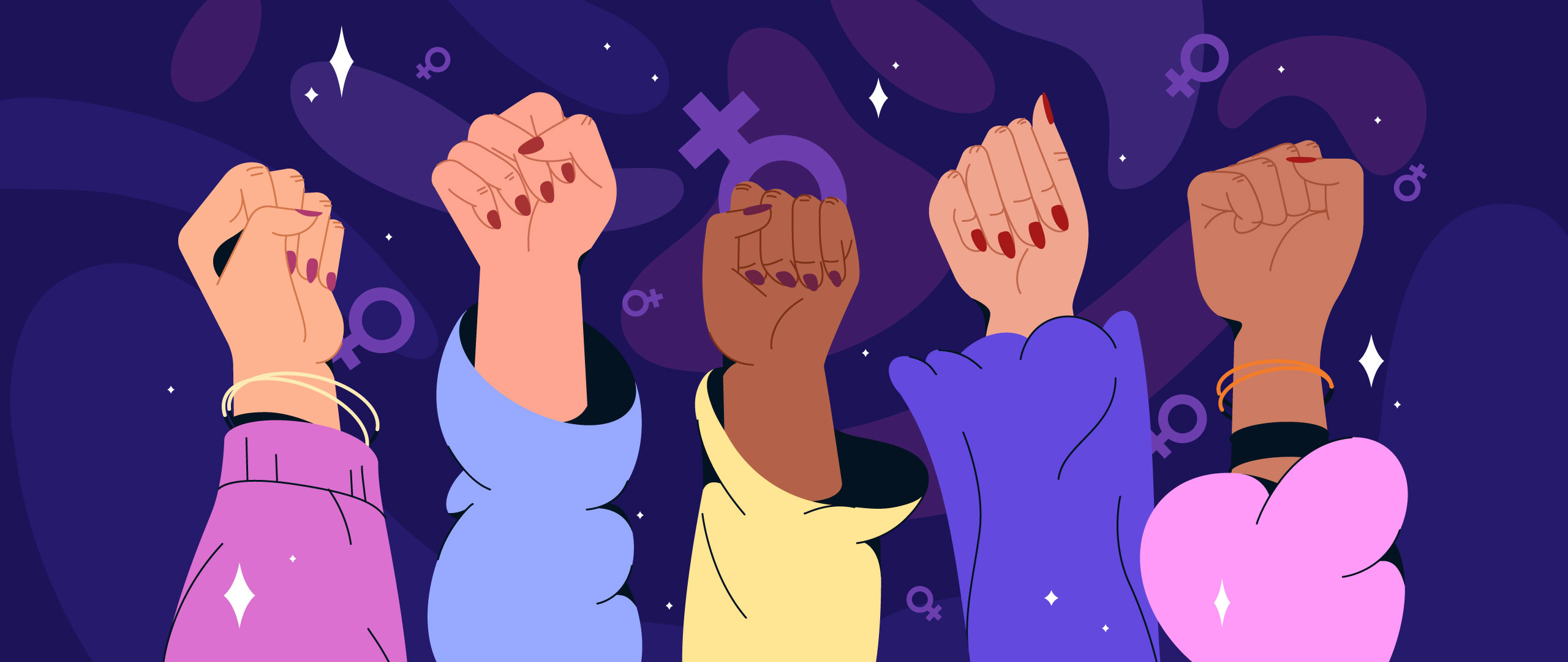What if Women Are Used to Being Afraid?
“Women are the only oppressed group in our society that lives in intimate association with their oppressors.”
― Evelyn Cunningham
Violence against women seems like an unresolved global issue that affects women of all ages, ethnicities, races, nationalities, and socio-economic backgrounds. There are multiple forms of violence that are gender-based.
Domestic violence is the first form of violence that women are introduced to. In a place that is supposed to bring a sense of safety and dignity to women and shapes their image of love and how the external world works. This intimate place that we call home is where often domestic violence emanates. UN women declared that “more than five women or girls are killed every hour across the world by someone in their own family” in 2021. It also stated that more than 81,000 women and girls were killed intentionally last year, and 45,000 – around 56 percent – died at the hands of intimate partners or other family members. Meanwhile, 11 percent of all male homicides are perpetrated in the private sphere”, revealing that the home is not a safe place for many women and girls.
The cycle of domestic violence is socially and legally different from other forms of violence, due to its complexity as the victims often steer clear from acknowledging it or even reporting it. Additionally, domestic violence from an intimate partner is strongly fed from the notion of “Fear” and “Shame”. These notions are also related to the Power & Control wheel, which breaks down the overall pattern of violence and abuse. Hence, a pattern of intimidation and terrorization is established against women that leave them in a dark dilemma and a sort of dependence on the perpetrator for survival.
The fight for women's rights started in 1848, and till 2022, women are still a vulnerable community. It seems like one generation after another is still struggling to find a balance between masculinity and femininity in a world of no balance. Thus, with the advent of the COVID-19 crisis, it comes as no surprise that the rate of all forms of discrimination and violence that women are subjected to has tremendously increased. In Tunisia, for example, with the strict lockdown measures, there was an alarming upsurge in violence against women. According to a policy brief entitled Gender and Crisis of COVID-19 in Tunisia: Challenges and Recommendations, 47.6% of women reported having suffered at least one form of violence in their lifetime, and one out of three women is a victim of domestic violence.
How come after more than 200 years, implementing an equal system for men and women is still a struggle for governments? Does the global system take the matter seriously enough to find a suitable solution? Do we really have a Domestic Violence Mechanism in Tunisia?
The adoption of Law-58 was an important achievement that acknowledges domestic violence to which women are subjected by their spouses or family members. Unfortunately, it is often seen by many that going to the police officers to seek protection is like the” walk toward death”. In some cases, the authorities refuse to assist or help women that suffer from domestic violence and they simply send them home under the name of “3ib”, socially forbidden. this reflects a patriarchal system that is mostly rotten by those who present “fake authority protection”.
Therefore, Law of 58 was a cry to stop such abuse of power toward women. Women are entitled under Law-58 to apply for temporary protection measures that the police can request from the judge. Under this Law, women can enjoy two kinds of protection, short-term and long-term. Where the authorities automatically file a complaint and forbid the abuser from approaching the victim. Under this law, a mechanism for protection was made which is “Victim Housing”. The latter is a house where women and their children who suffer from any kind of abuse can seek protection and shelter. We have only 12 houses/associations (Tunis, Ariana, Beja, Ben Arous, Gafsa, Jendouba, Kairouan, Sfax, Zarzis, Sousse, Sidi Bouzid and Kef.) Of 12 shelters, only one is governmental and provides 100% shelter for women under a low capacity for beds and logistics in general. The other 11 shelters are considered orientation and support associations. The word shelter cannot be fair to the services they provide. Does the capacity of these 12 so-called shelters big enough to cover a violence rate of 47%?
In addition to the Protection housing, the Tunisian authorities opened 130 specialized police units across the country under Law-58 and provided training for them. It is reported that the police staff refused to pursue a criminal complaint and pushed women to seek family mediation services. This is often the case for many illiterate women, who go back to their aggressors. Violence in all its forms is not bound to time or space. While specialized police units are present during administrative hours, they are often not to be found during the weekends.
A law without effective mechanisms and resources to implement it, accordingly, is nothing but abuse to the victim and a green card to the abuser. The path to women's rights in Tunisia is still crumbling its way to justice.
The article represents the views of its writer and not that of LEED Initiative.
